Giving the Green Light to Green Line’s demonstrators

Green Line has been home to a wide array of demonstrators the past three months.
In preparation for a brand new fleet to enter service later this year, Reading Buses have been trialling all of the latest and greatest vehicles the industry has to offer.
I’ve had the pleasure of travelling on most of these vehicles and have summarised my thoughts on them below.
The reviews
Enviro 400 MMC – 10k Special Edition
Produced by Alexander Dennis to commemorate them having built 10,000 low floor double decker buses, Reading were the first operator in the UK to use this vehicle in service.
The bus is bedecked with comfortable leather Lazzerini Practico high-back seats (complete with integrated USB chargers and phone holders); wood effect flooring; skylights for added natural light; and even large tables upstairs for groups and families to share their journey together.
Heading out of Reading, early on a Monday morning, I travelled through to Windsor Road – a journey of around 90 minutes. I was distinctly unimpressed with the firm ride through Reading and Bracknell town centres – you could feel every lump, bump and pothole encountered.
Having said this, I feel that with a bit of tweaking the ride could be greatly improved.
The onboard environment was brilliant, however. A smell of fresh, brand new leather abounded the air and the bus was bright and welcoming – despite my journey starting at 6:30am!
Pros and cons:
Pros
- ✅ High quality interior specification – complete with tables
- ✅ Skylights allow for more natural light to fill the bus
- ✅ Capable of speed when needed
Cons
- ❌ Very firm ride through the town centres
- ❌ Seats were uncomfortable on journeys around 90 mins long
In short:
With a bit of tweaking (particularly to the ride quality) this could be a very good vehicle. However, I think we can do better for Green Line.
Tri-axle Scania Omnicitys
Featuring a temporary Green Line livery, Reading Buses took delivery of three Scania tri-axle Omnicitys from Stagecoach East Scotland to get Green Line off the ground when the service launched in December.
They were infamous in Scotland for their reliability, or lack thereof, and unfortunately that appears not to have changed during their tenure at Reading Buses.
As a passenger, I found the buses provided a comfortable and smooth journey, as you come to expect from a Scania. The onboard experience leaves a lot to be desired though: there are no USB charging slots; the WiFi didn’t work; the tinted windows were too dark; the overhead luggage racks are unnecessary and too low.
Amazingly, they also managed to be simultaneously too big and too small – too long for the tight twists and turns of Windsor and for squeezing between the parked cars in North Ascot; and too few seats for the seasonal Legoland loadings.
Pros and cons:
Pros
- ✅ Luxury Stagecoach Gold style seating
- ✅ Smooth acceleration, relatively little body roll and handles bumps in the road with ease
Cons
- ❌ Far too dark inside
- ❌ Heating doesn’t work
- ❌ Too small to cope with Legoland seasonal loadings
- ❌ Too big for the residential parts of the current 702
In short:
Too few seats, too many axles and far too much maintenance. Back to the drawing board, Scania.
BCI Excellence
The Chinese import that’s taking the industry by storm – or at least it should be. Offering the best in class ride quality with absolutely no rattles, I’m genuinely surprised we haven’t seen more orders for this magnificent vehicle.
On another early morning Monday journey, I travelled from Reading through to the Royal Albert Hall on the Excellence, and whilst the heating wasn’t working, it was the most pleasant journey I’ve experienced in a long time.
As we left Reading it felt like we were floating on a cushion of air – no mean feat when you consider the appalling state of Reading’s roads, which have more holes in them than Swiss cheese.
As we joined the A329 the bus barely broke into a, metaphorical, sweat as we kept up with the pace of the commuters around us. The rest of the journey was similarly uneventful as we glided in to central London.
It’s a bold move to name a bus Excellence. Suffice to say, the bus more than lives up to its name.
Pros and cons:
Pros
- ✅ Smoothest ride of any bus I’ve ever been on, truly!
- ✅ Incredibly quiet on board with no rattles
- ✅ Powerful engine that’s more than capable for the 702 & 703 routes
Cons
- ❌ Indicator & door warning sounds are high irritating (though fixable)
- ❌ Heating didn’t work on my bus – either a vehicle fault or driver not knowing the switches
- ❌ Interior is far too basic, but would be highly customised by Reading Buses before ordering
In short:
Incredibly smooth and quiet ride, with just enough power to keep up with traffic and stay on time. The interior is suited to schools work and would require heavy customisation before being suitable for use on the Green Line services. One of my favourite buses on the trial.
Scania’s Euro 6 Diesel Enviro 400 MMC
As you come to expect from a Scania double decker, you get a smooth and comfortable ride onboard. This bus features less body roll than you find on earlier Scania double deckers, which is no bad thing!
The interior on the demonstrator vehicle, whilst customisable, was still a good baseline to work from. If you were to upgrade the seats; add some tables; and maybe a skylight or two, you would have an excellent vehicle well suited to the Green Line 702.
Pros and cons:
Pros
- ✅ Smooth ride with gentle acceleration
- ✅ Luxury interior with high back seats and USB chargers
- ✅ Reading Buses have lots of experience with Scania – good for maintenance
Cons
- ❌ Disappointingly there were lots of rattles on the lower deck
- ❌ Firmer ride than the BCI, but smoother than the rest of the demonstrators
In short:
Good vehicle overall with a smooth ride, the mod-cons you’d expect and is a familiar type for the Reading Buses fleet – which should make it an appealing option for Green Line operation. These would be great buses for the routes and would probably get my vote, though the BCI still edges ahead in my opinion.
Optare’s Metrodecker
Having never ridden aboard a Metrodecker before, I was intrigued as to how it would perform – in particular how it would compare with the other demonstrators that have been in use on the Green Line routes over the past three months.
Arriving in Reading early on a Saturday morning, I spotted the bus waiting on stand and decided to abandon my earlier plans and hitch a ride through to Slough to give the Metrodecker a full test.
Chatting to the driver before we departed, he was singing the praises of the Metrodecker’s drivability – enthusing about the light yet respnsive steering, the power from the engine, smooth gear changes and the excellent turning circle.
Though he did bemoan a few Optare features – such as the starting procedure and having to hold the brake before releasing the handbrake when pulling away from a stop (which did catch him out a few times en route to Slough).
As we headed out of Reading town centre, the Metrodecker handled the terrible roads with ease – making light work of some of the bigger potholes. We soon arrived at the A329 and the bus easily got up to speed – hitting 60 mph without drama.
The rest of the journey to Slough was similarly uneventful. My only gripe, and it’s a big one, is the noise pollution in the saloon. There was a terrible amount of road noise coming through, team that with the noise from the heating system and the engine and you have an uncomfortably noisy bus!
Pros and cons:
Pros
- ✅ Smooth, powerful engine which can easily get up to 60mph
- ✅ Interior is good, if a little basic – though I assume highly customisable like most Optare products
- ✅ Well liked by drivers: light steering, good turning circle etc
Cons
- ❌ Excessive road and engine noise
- ❌ Cumbersome assault screen made talking to driver difficult – especially for passengers who struggled with English
- ❌ Body looks a little dated when compared with MMC and Streetdeck ranges
In short:
Sort out the interior noise pollution and you’d have an excellent bus. With some detailed customisations to the interior specification these buses would be ideal for the Green Line 702 and 703 services.
Wright’s Streetdeck Micro Hybrid
Modern Wrightbus vehicles are amongst my least favourites at the moment – a regular sufferer passenger of Streetlites in Southampton has only enhanced my hatred for their vehicles. They rattle too much, have dim-witted gearboxes and underpowered engines.
However, this Streetdeck was different. Its gearbox wasn’t stupid, it didn’t rattle too much and provided an acceptable ride quality. The top end speed is too slow for the route and the engine still felt a little underpowered – not helpful for the Green Line routes where drivers can make up some time if they’re running late.
Travelling from Langley to Bracknell, it was a good test of the bus, when I alighted in Bracknell I was quietly impressed – when compared to other Wrightbus products – but not overly enamoured with the bus.
I think there are better products on the market for the Green Line 702.
Pros and cons:
Pros
- ✅ Lots of natural light thanks to skylights, glazed staircase, glass side and destination panels at front of top deck
Cons
- ❌ A bit slow for the A-road & Motorway sections – and doesn’t allow drivers to make up time
- ❌ Slightly basic interior, but I assume it’s customisable
- ❌ Ride quality is not as good as other models
- ❌ Not the nicest of vehicles to drive (apparently)
In short:
Not the best of vehicles on trial, ride quality could be better as could the interior. Top speed of 48 mph is too slow for large parts of the route and does not give the driver much opportunity to make up time.
Reading’s own Enviro 400s (#1208, #1209 & #1212)
These Alexander Dennis Enviro 400s are proven buses for interurban work – the other buses in these batches are allocated to Jet Black and Lion routes – they were the perfect choice for supporting the demonstrators on the Green Line routes.
One of my favourite vehicle types – thanks to the gentle ride (if not as silky smooth as the BCI offers). All the more impressive given these buses have been ploughing their trade on Berkshire’s roads for the past 7 years.
Given their age, and Euro 5 engines, these probably won’t be suitable for the Green Line routes in the long term – thanks to TfL’s ULEZ (Ultra low emission zone).
Pros and cons:
Pros
- ✅ One of the most comfortable vehicle types on trial, despite being 7 years old
- ✅ Good turn of speed, smooth acceleration and gear changes
- ✅ Trusted and reliable buses – good for a route so far from the depot
Cons
- ❌ Interiors are a bit basic and refurbishment might not be cost effective
- ❌ No USB chargers though some of the type do have tables fitted
- ❌ Buses aren’t Euro 6 so couldn’t operate in central London
In short:
Excellent buses, but they’re a bit old for a flagship route. They could be refurbished but might not be cost effective, also the slightly higher emissions means they can’t be used in London’s upcoming ULEZ. Heathrow could also prove to be difficult with Euro 5 engines in the coming years.
Reading’s Enviro 400 MMCs (#758 & #759)
Utilising the spare vehicles already within the Reading Buses fleet, two of the generic liveried Enviro 400 MMCs were allocated to the Green Line 702 since takeover.
As you would expect from the stalwart of the Reading Buses modern fleet, they offer an impressive ride – and thanks to the team’s obsession with ridding buses of their rattles – a very quiet, near rattle free, journey.
My only quibble about these two buses are the seats on 759 – the old style of Lazzerini Ethos seat. One of the most uncomfortable in recent years (the newer versions on the orange and purple route buses are much better) and only really suitable for, in my opinion, journeys of around 20 or so minutes.
Pros and cons:
Pros
- ✅ 758 is a well specified bus with comfortable high-back seats
- ✅ Proven vehicle type is good for reliability, being young will help too
- ✅ Lower deprecation costs mean less risk for the new 703 route
Cons
- ❌ 759 has Lazzerini Ethos seats which are uncomfortable on medium to long journeys
- ❌ Using a mix of existing and new buses on the same brand will lead to differing experiences – not ideal over the shared section (Legoland to Langley)
In short:
Proven, reliable and reasonably well specified buses that could be used to launch the 703 with lower risk (due to lower deprecation cost than new buses). These buses are specified different and that could cause dissatisfaction on the shared Legoland > Windsor > Slough > Langley corridor versus the brand new buses to be used on route 702.
My choices for the Green Line upgrade
Route 702 – London to Legoland
In a perfect world, I’d choose the BCI Excellence as it offers the best in-class ride and performance. Of course, I don’t have access to the behind the scenes data about fuel consumption and overall vehicle performance.
As a second choice, I’d go for the Scania diesel buses with the Alexander Dennis Enviro 400 City body as it still offers a smooth ride but might be a better fit operationally for Reading Buses than the BCI. Though you’d need to sort the rattles out before they enter service!
Switching to the City body would deliver a better looking bus, and the glazed staircase would give extra natural light to the saloons whilst also enhancing the bus’ street presence.
As for the interiors, I would choose the standard wood-effect flooring, flourishes of LED lighting and tables and team these features with Esteban EGA Relax seats (similar to those on Transdev’s 36 and Coastliner services and Go South Coast’s Bluestar 1 and More bus X3 routes).
Regardless of the type specified, I’m sure the Reading Buses and Best Impressions teams will work their magic and deliver an outstanding product to the passengers of Royal Berkshire and Greater London on their flagship route.
Examples of the seat’s I’d choose:
Green Line 703 – Heathrow to Bracknell
I’d opt for the Enviro 400 MMCs that already exist in the fleet. At three years old, they have low emission Euro 6 engines (which are ULEZ compliant); they should be reliable enough for an operation far away from Great Knollys Street; and they feature the mod-cons and comfortable seats you’d expect.
With the upcoming changes to the Royal Blue 33 and 33a services requiring one less bus, I would take 756 & 757 and repaint them in to full Green Line livery and team them with 758. That would leave 759 (with its less comfortable seats) to cover the extra peak time bus on the Royal Blue routes.
Your thoughts?
If you had the choice, which vehicles would you go for? Join the conversation below.

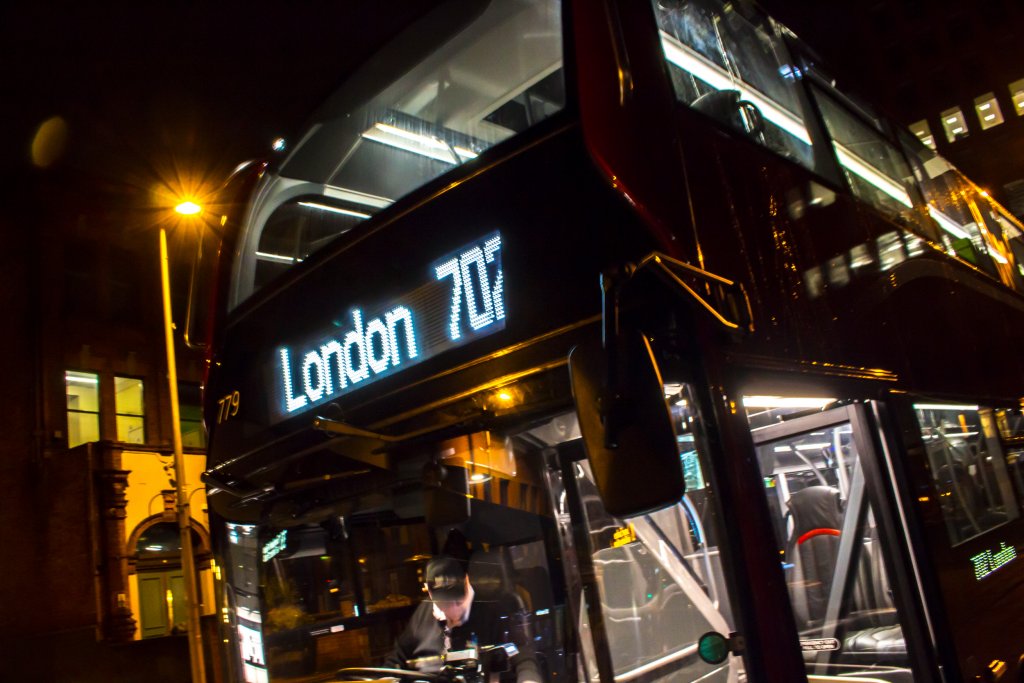
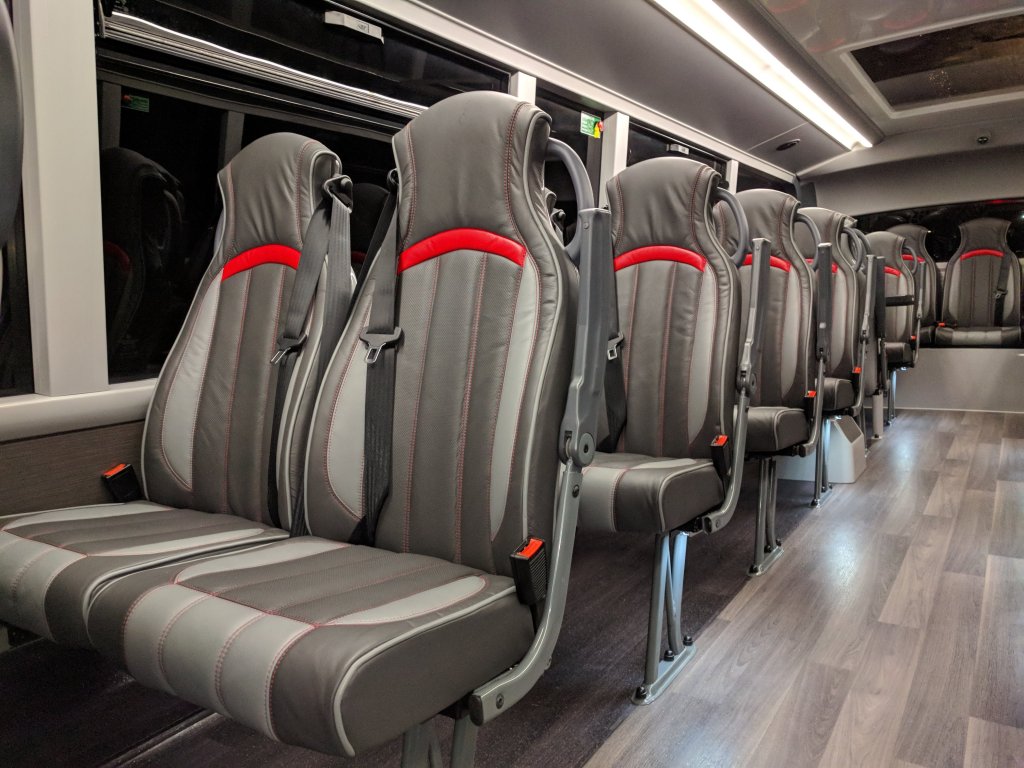
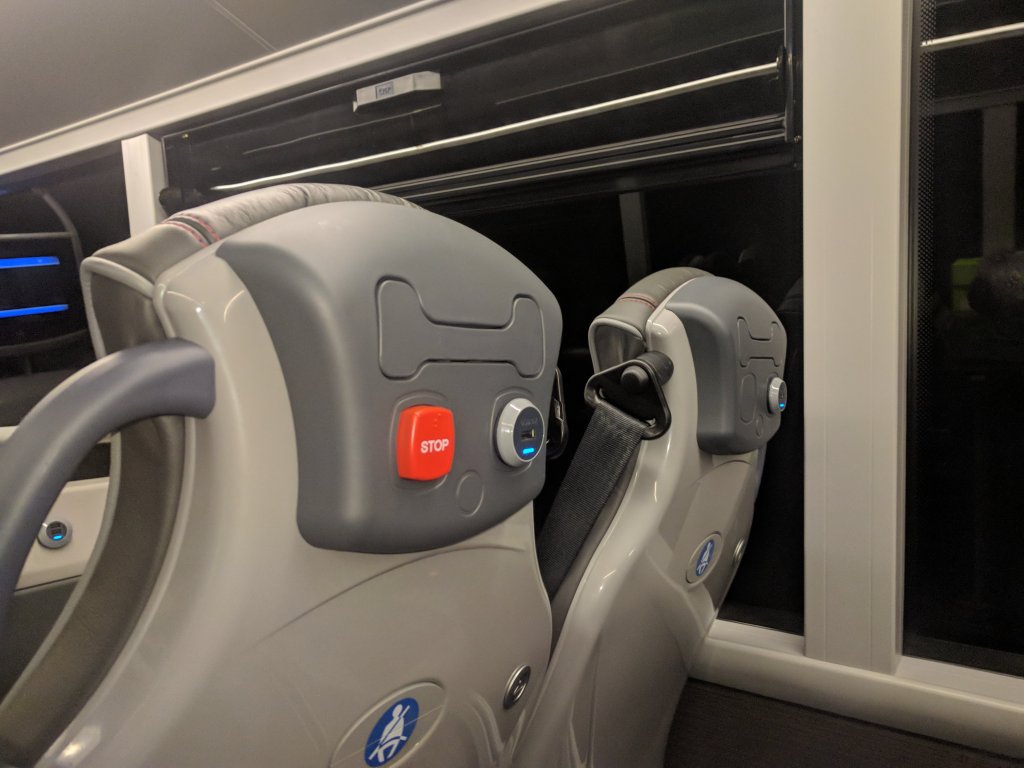
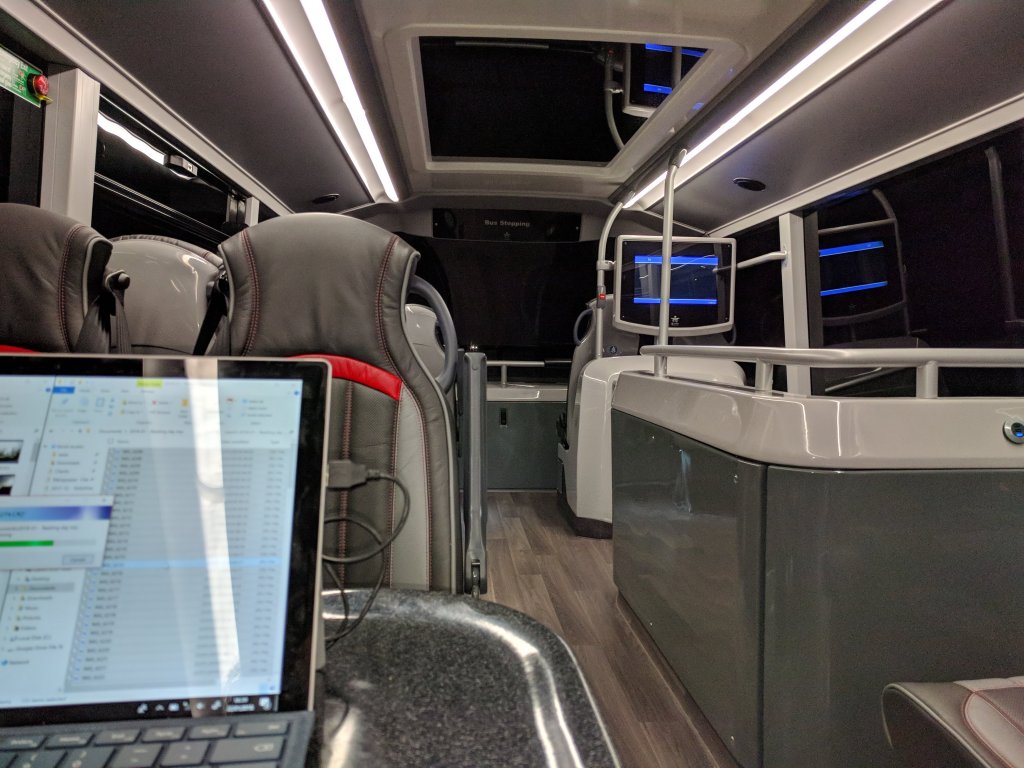

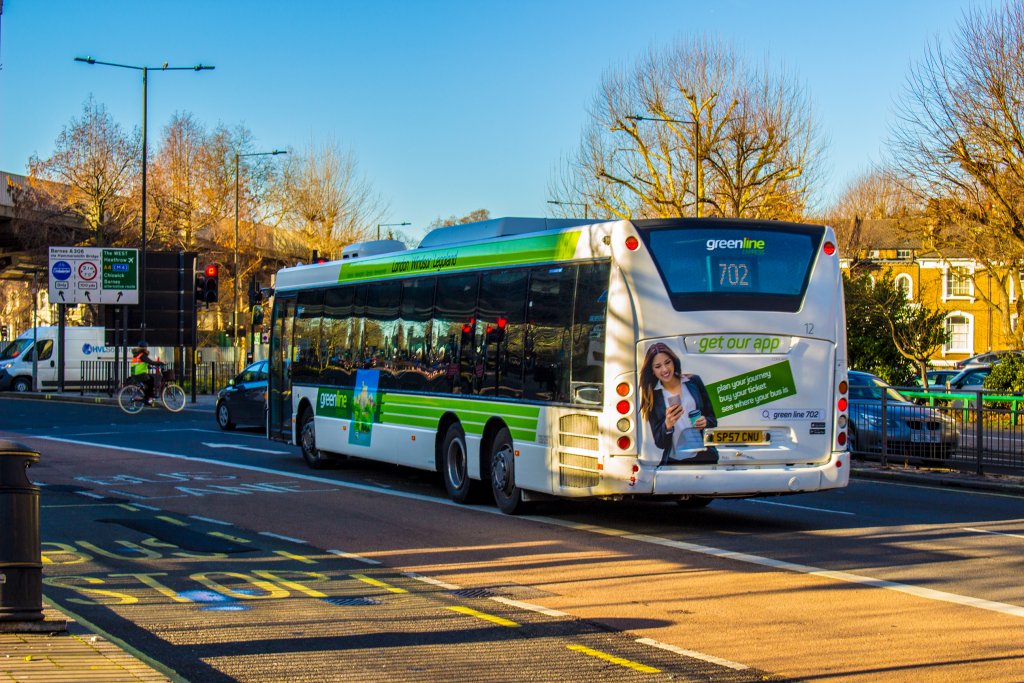
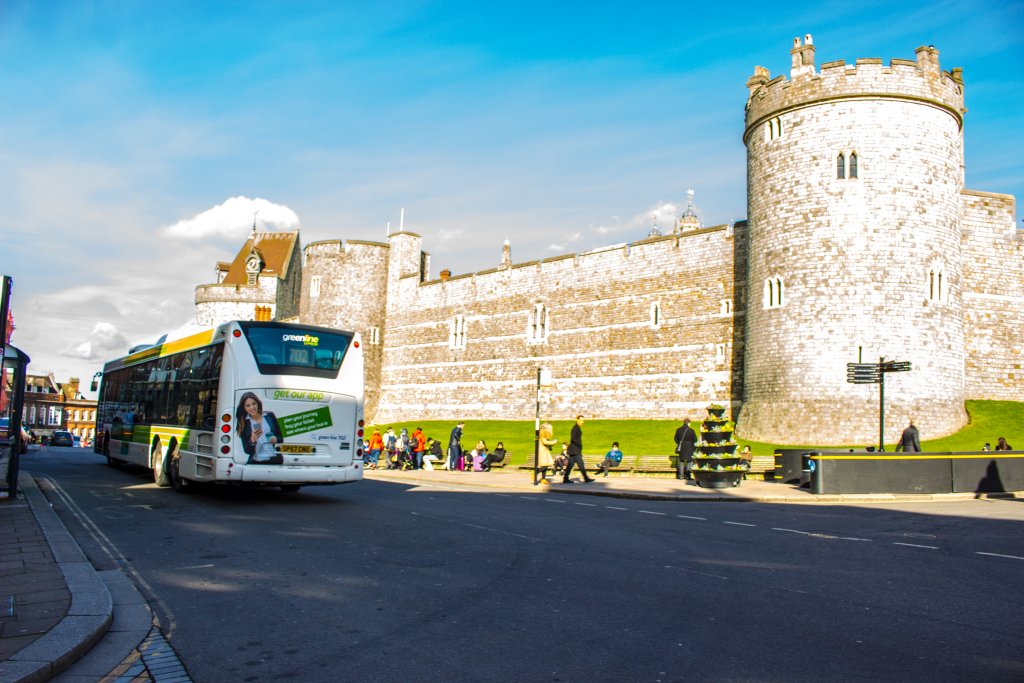
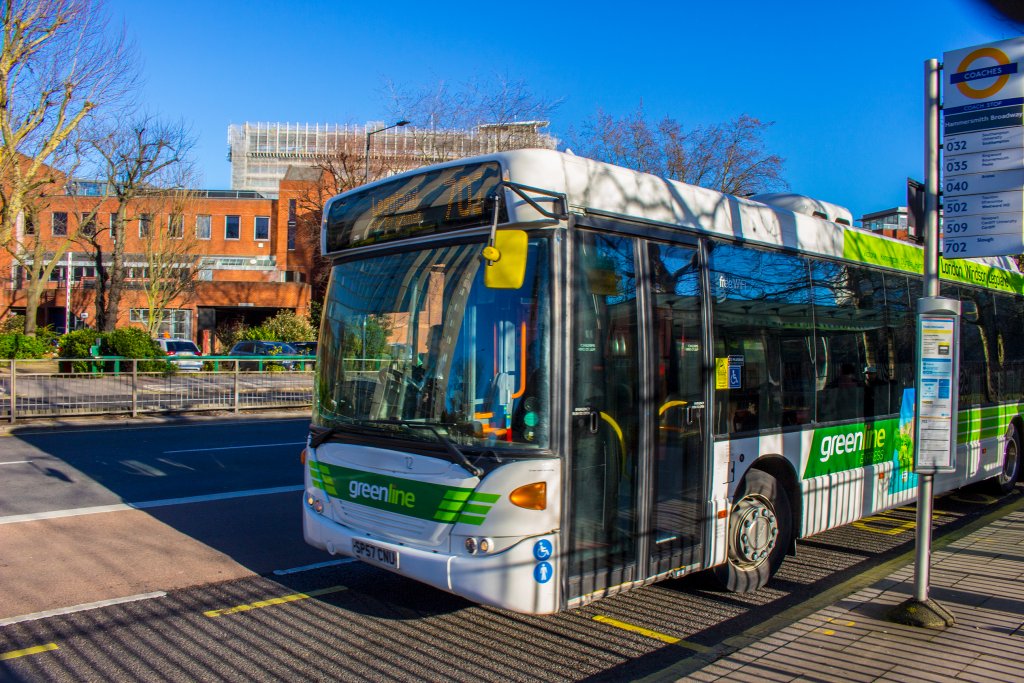
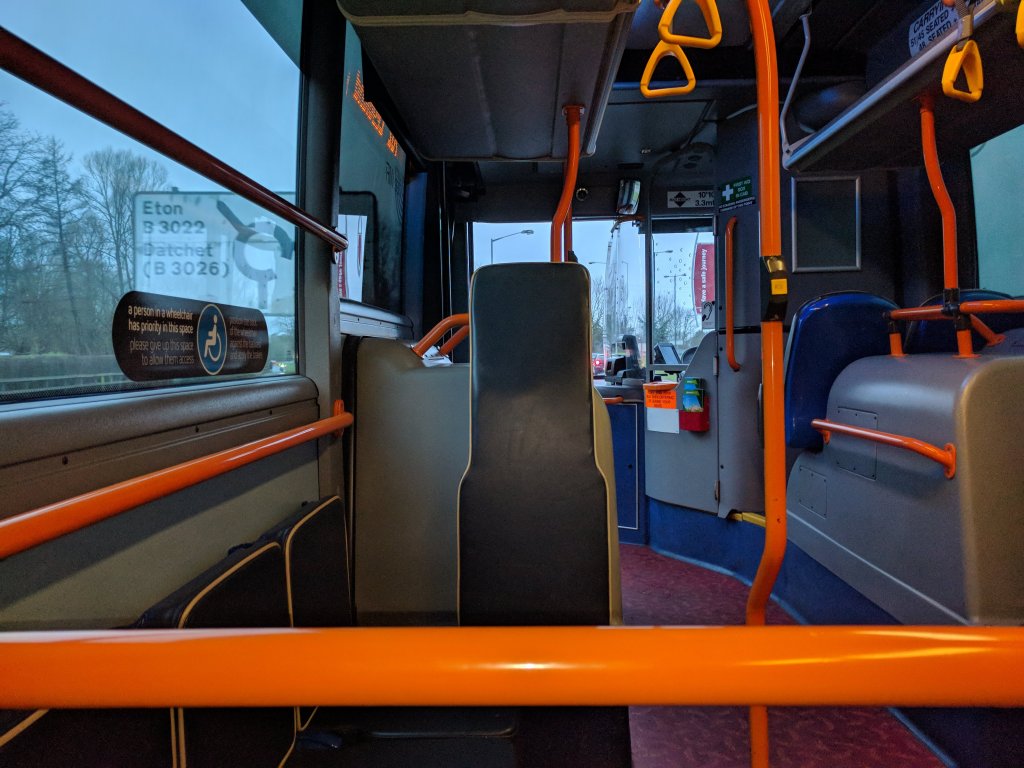
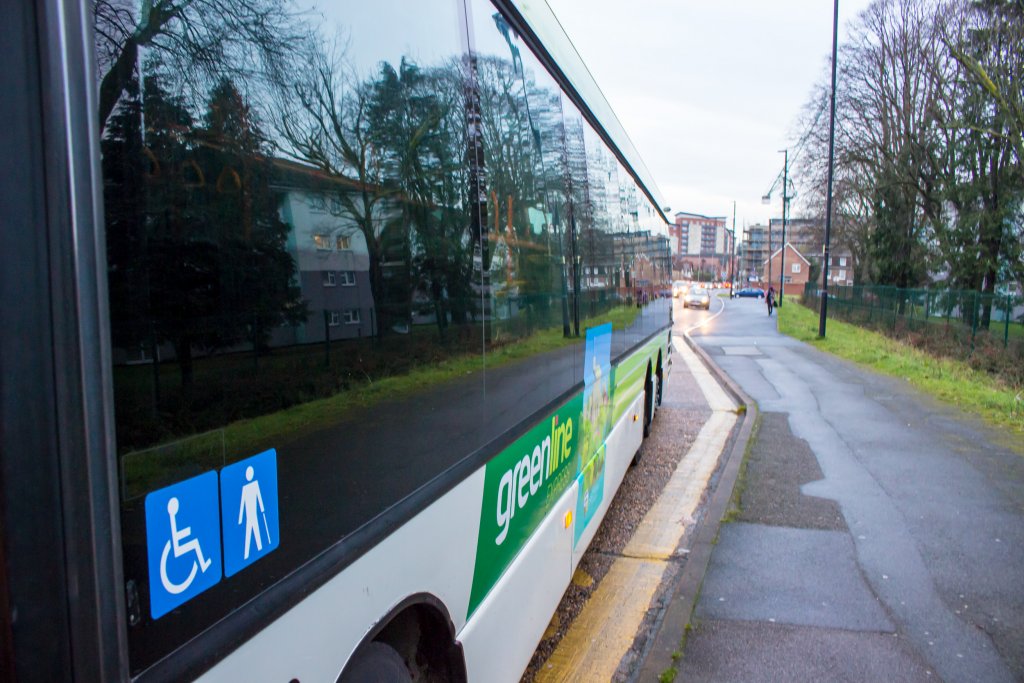
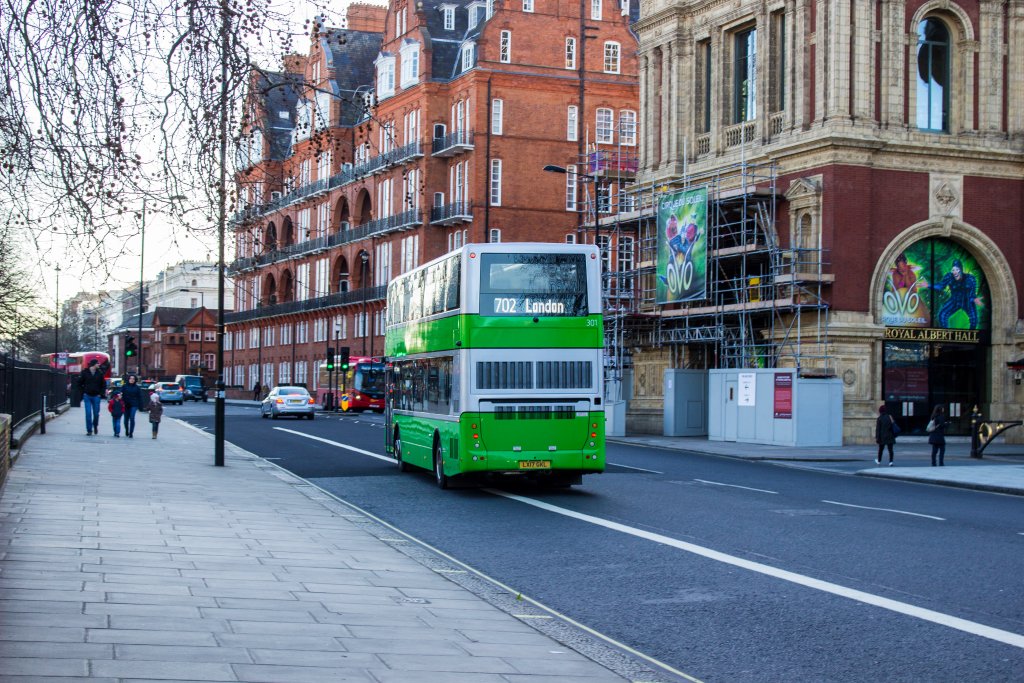

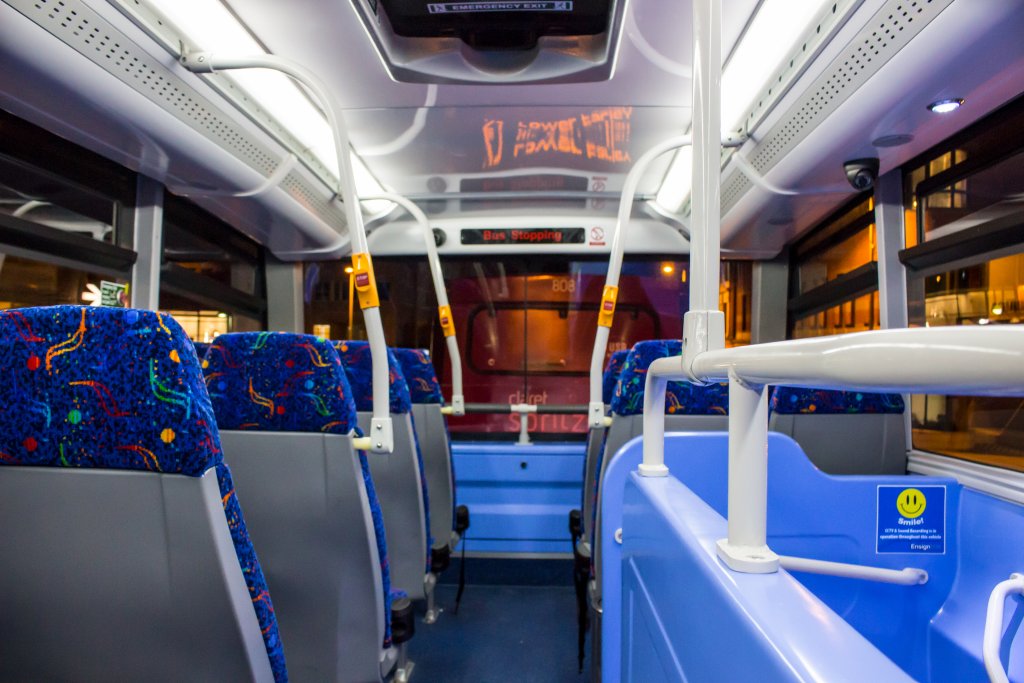
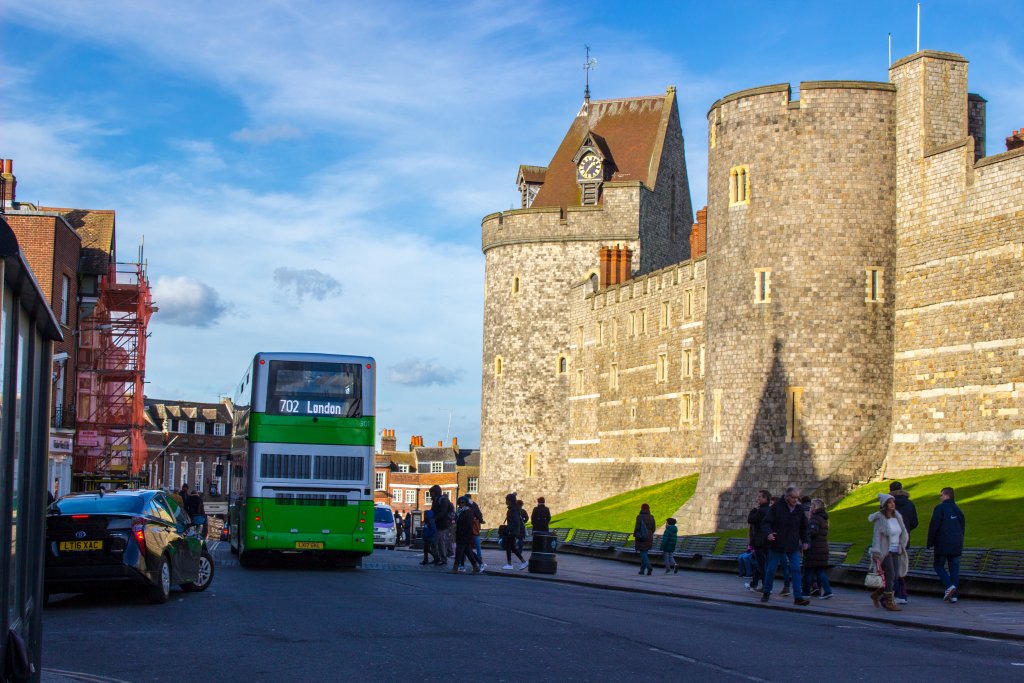
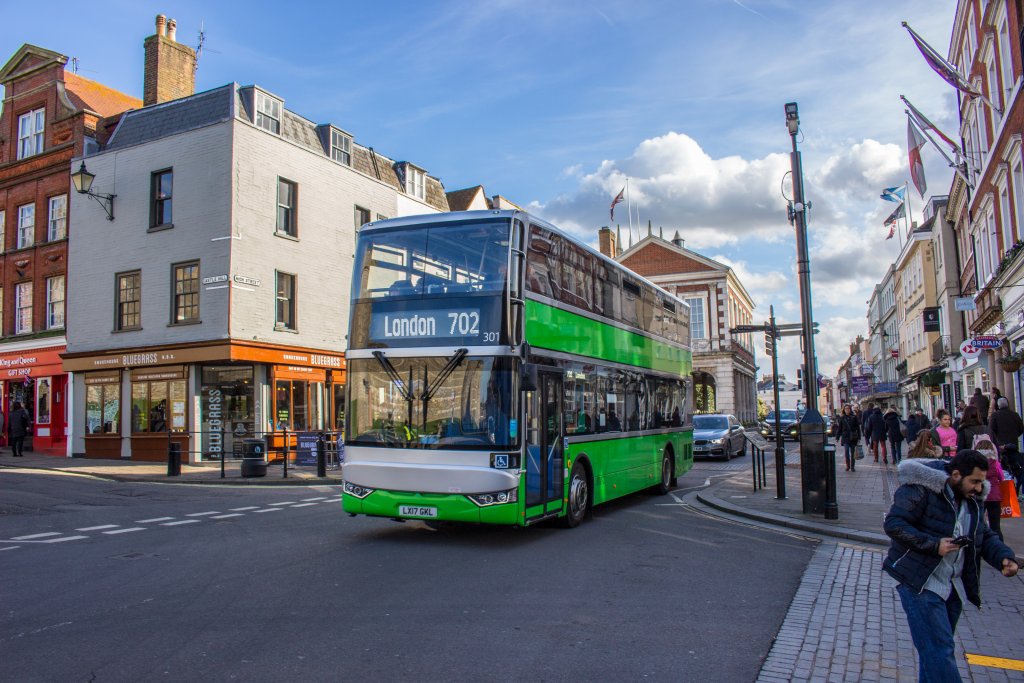

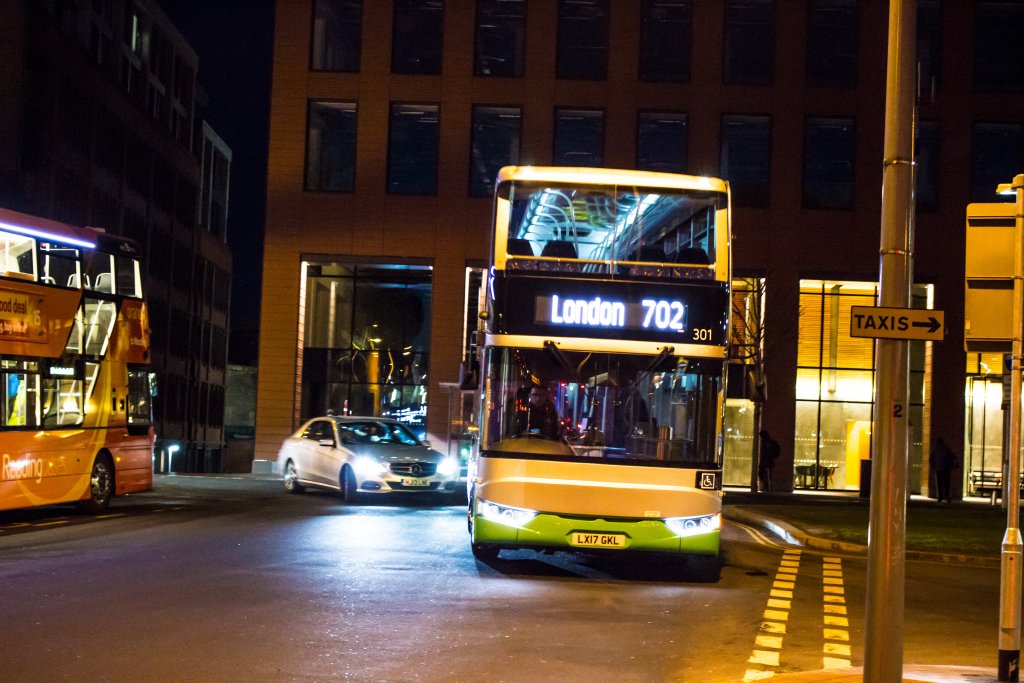
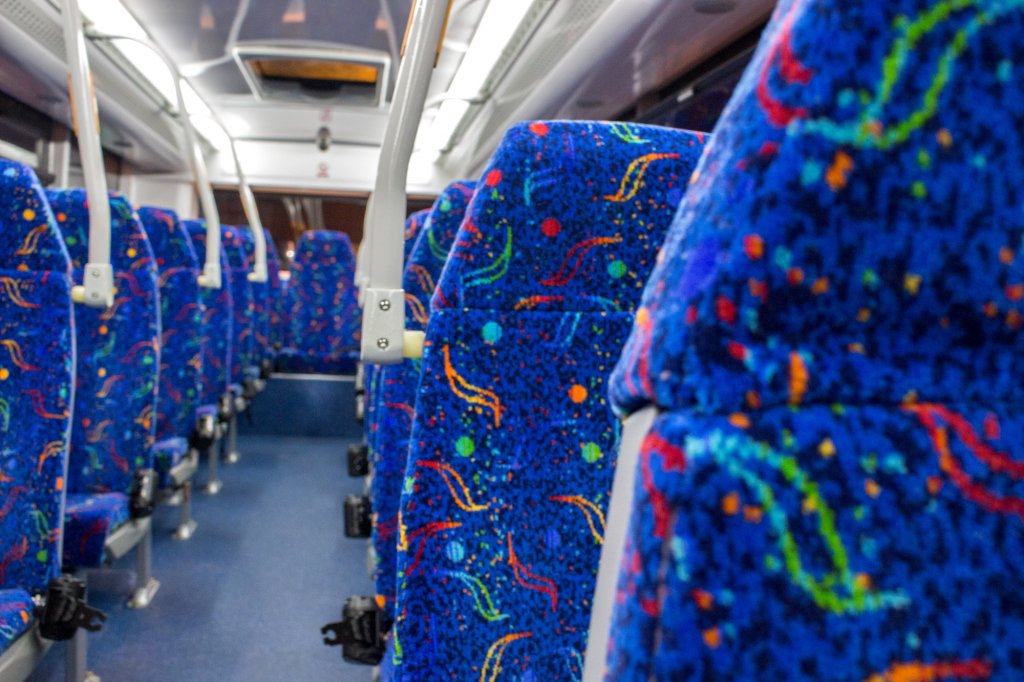
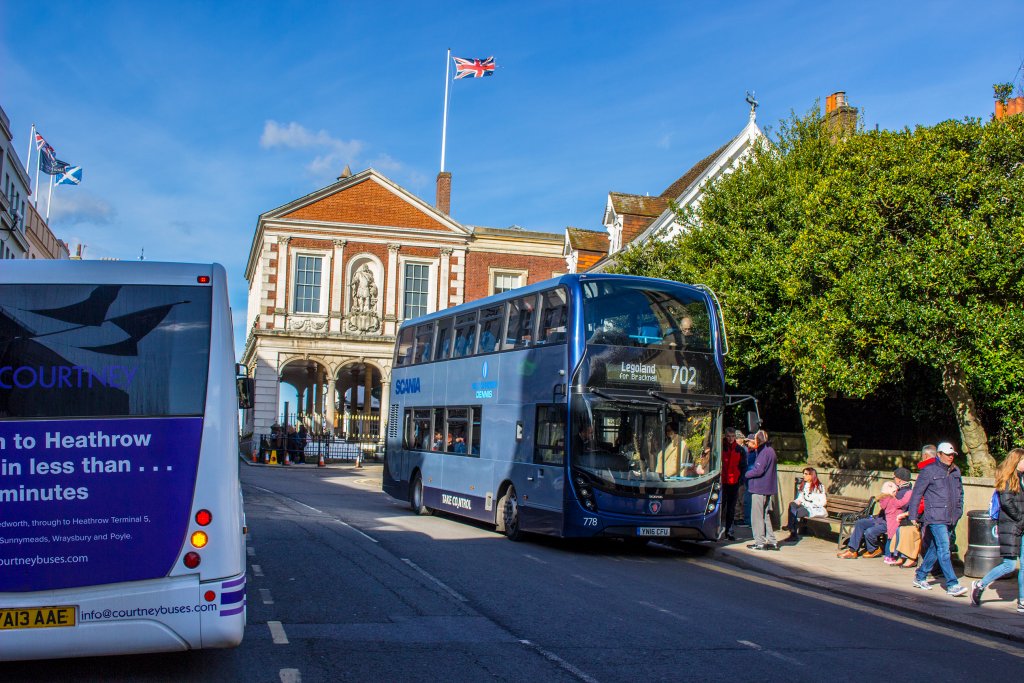


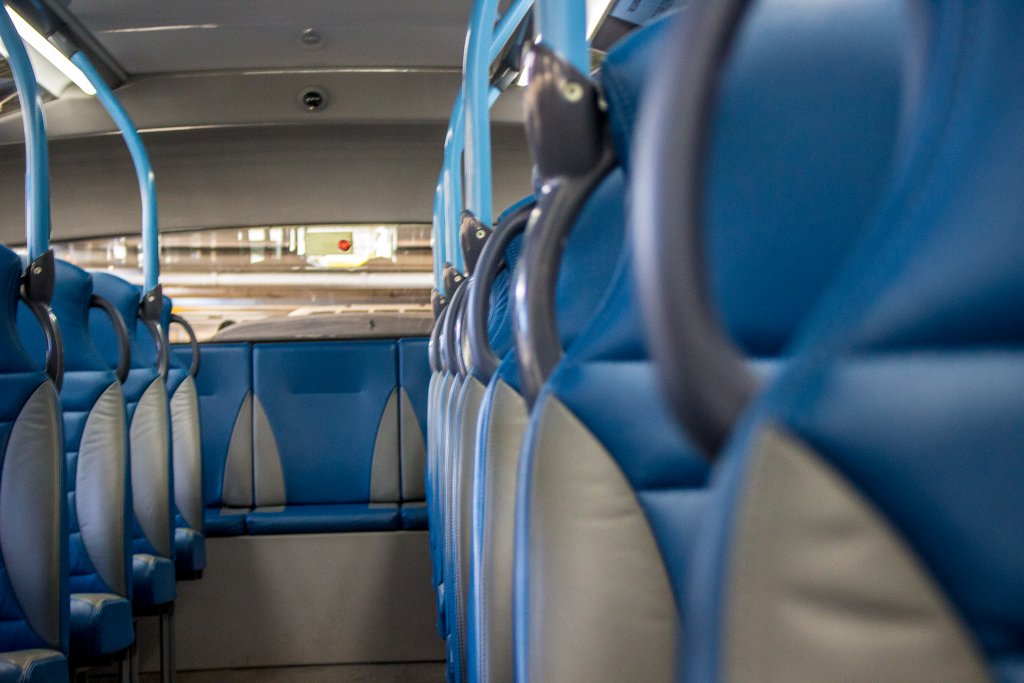
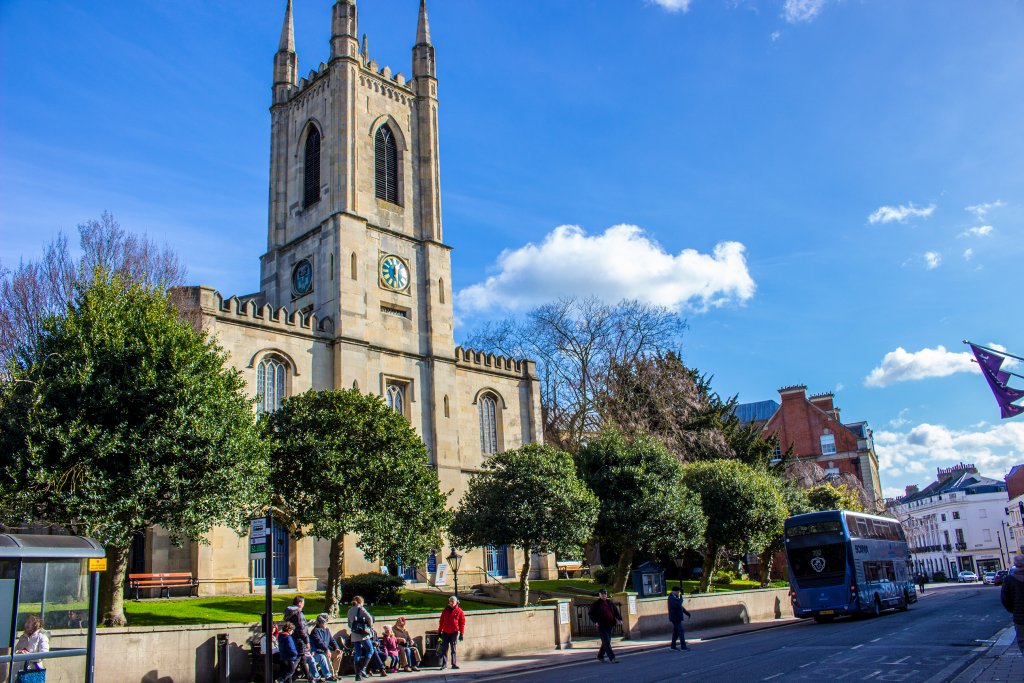
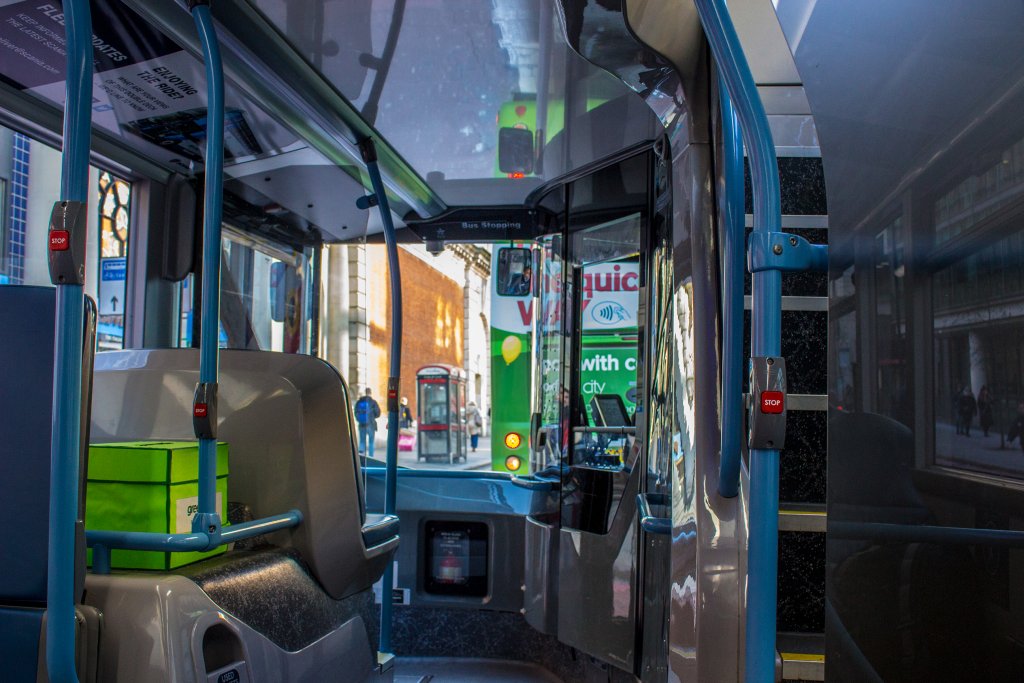
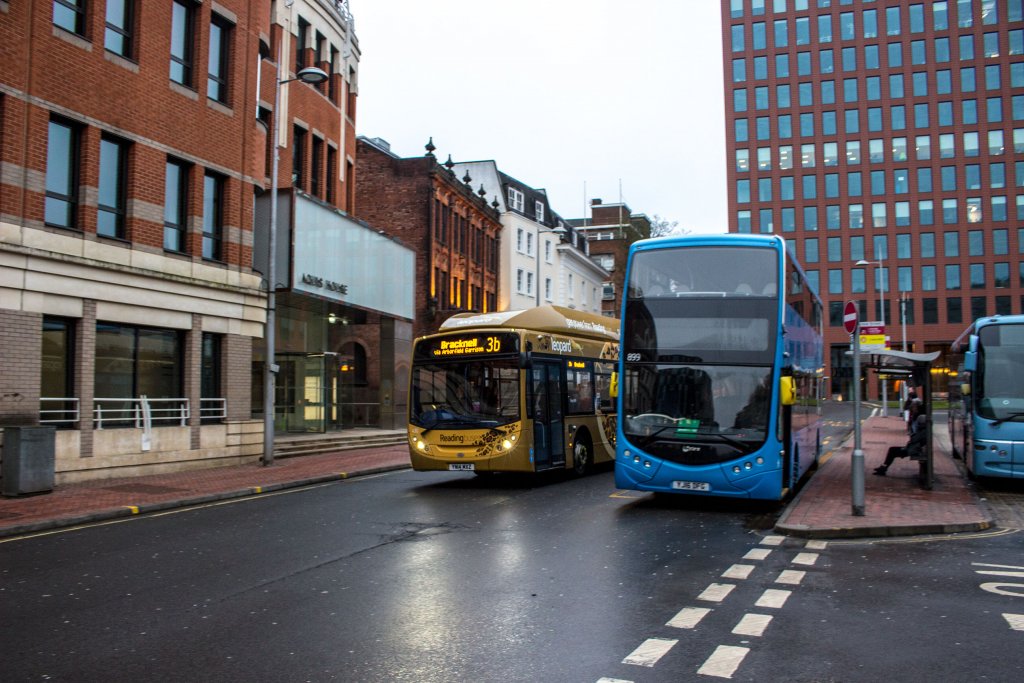
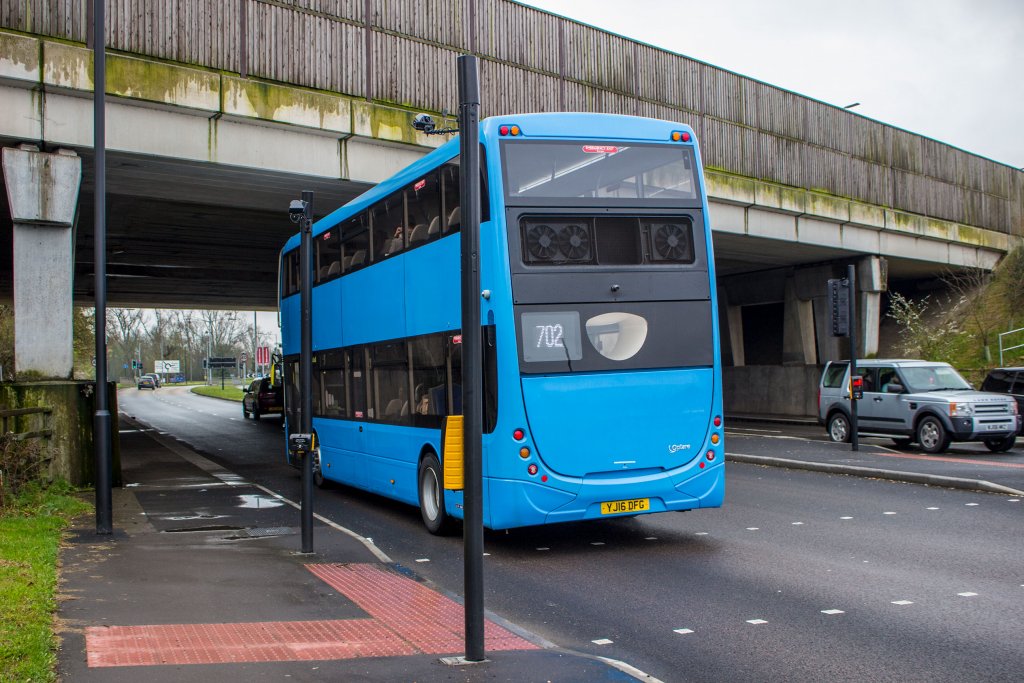
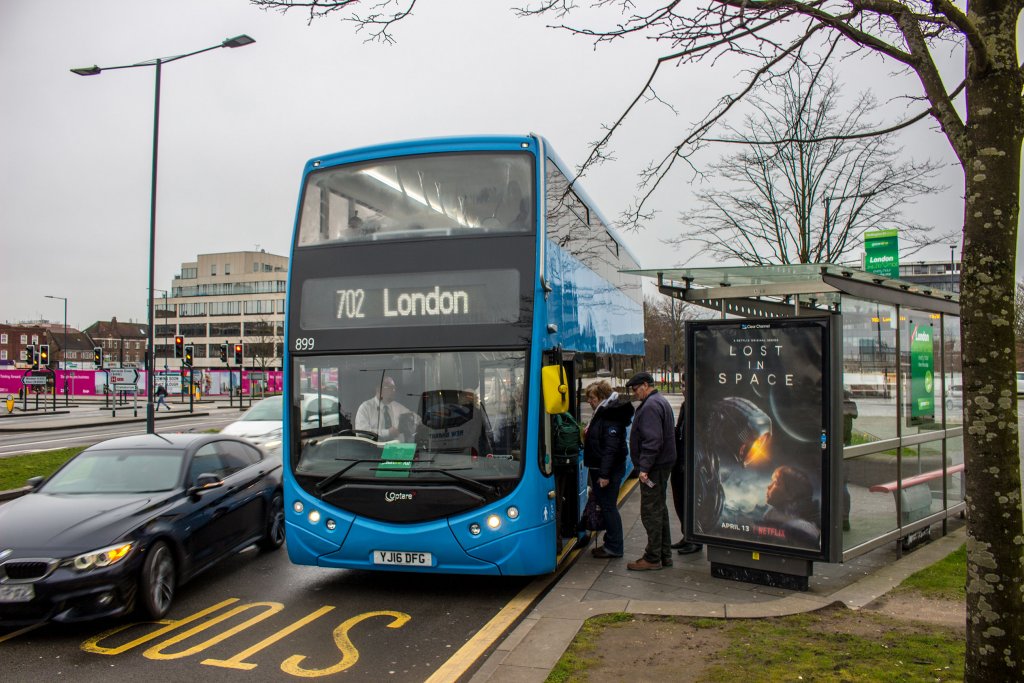

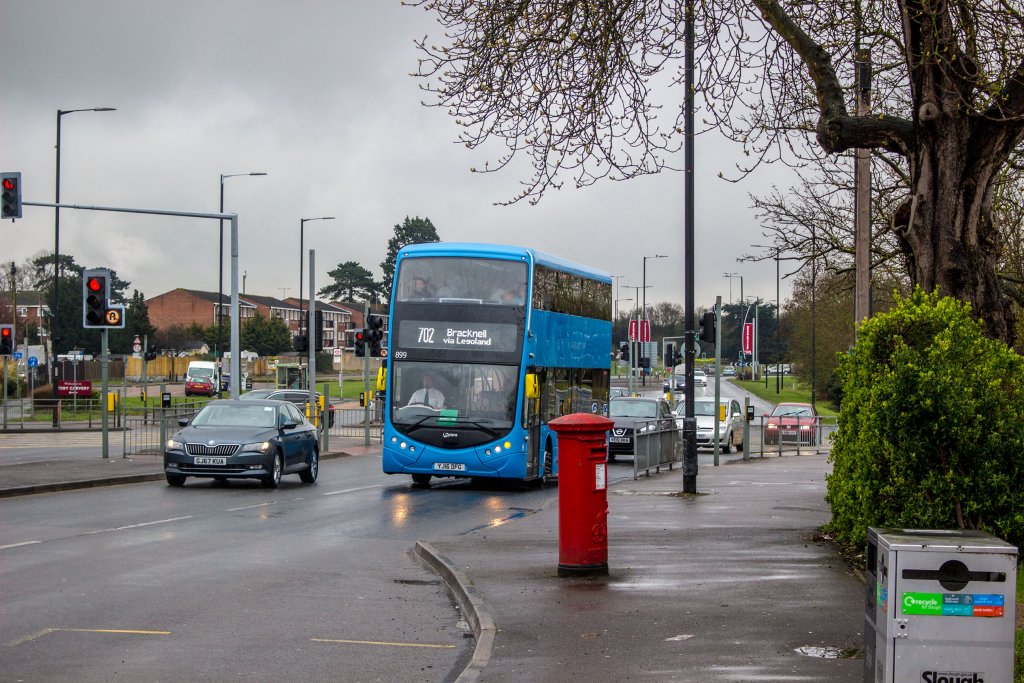
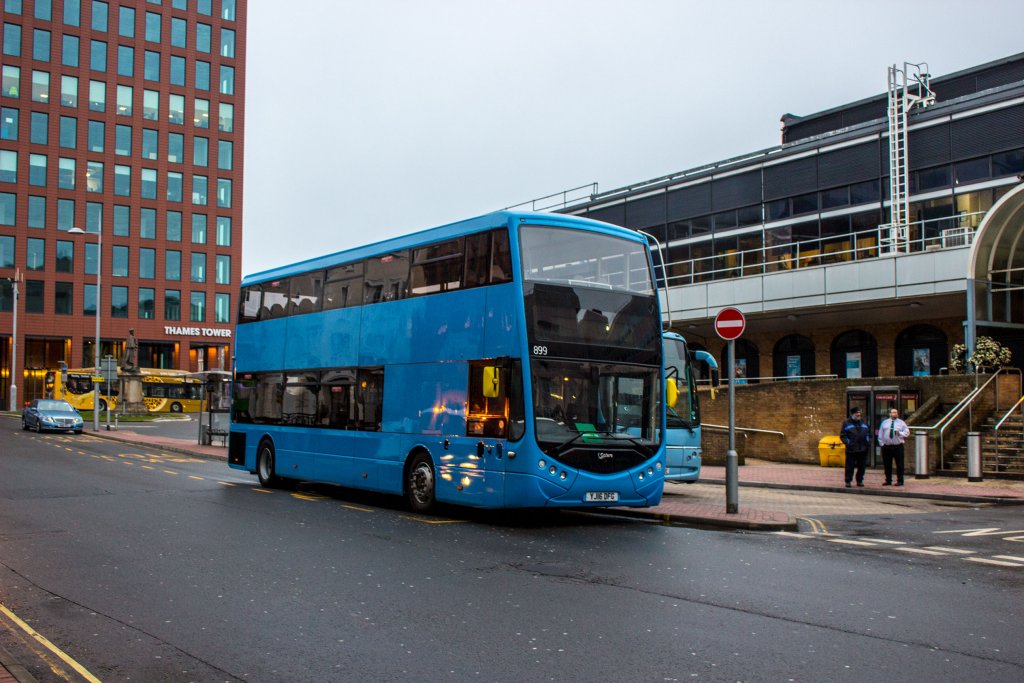
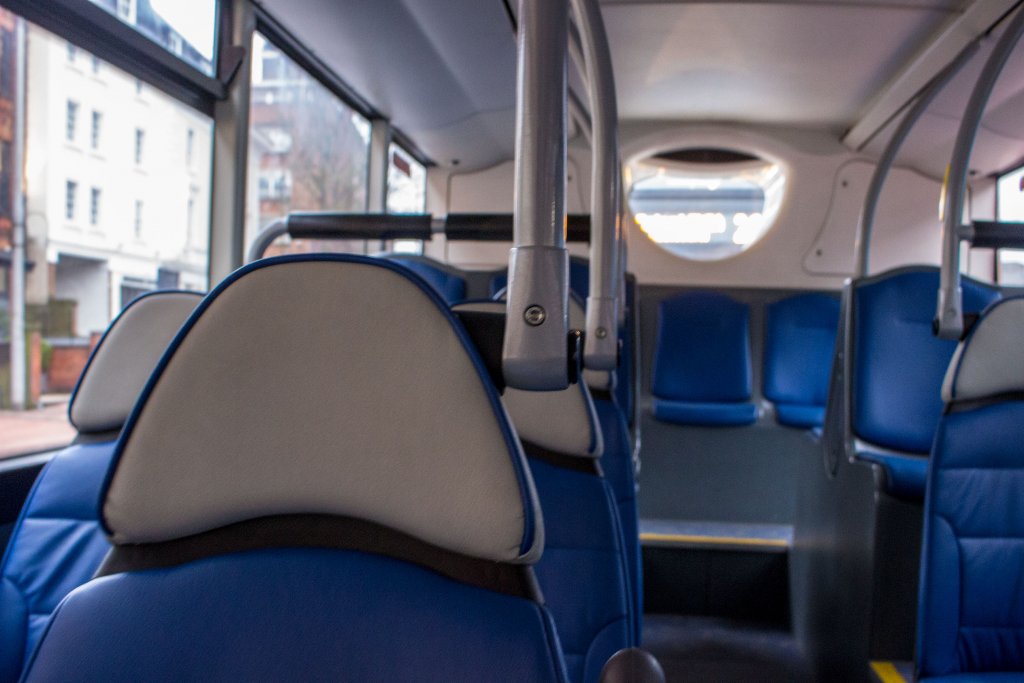
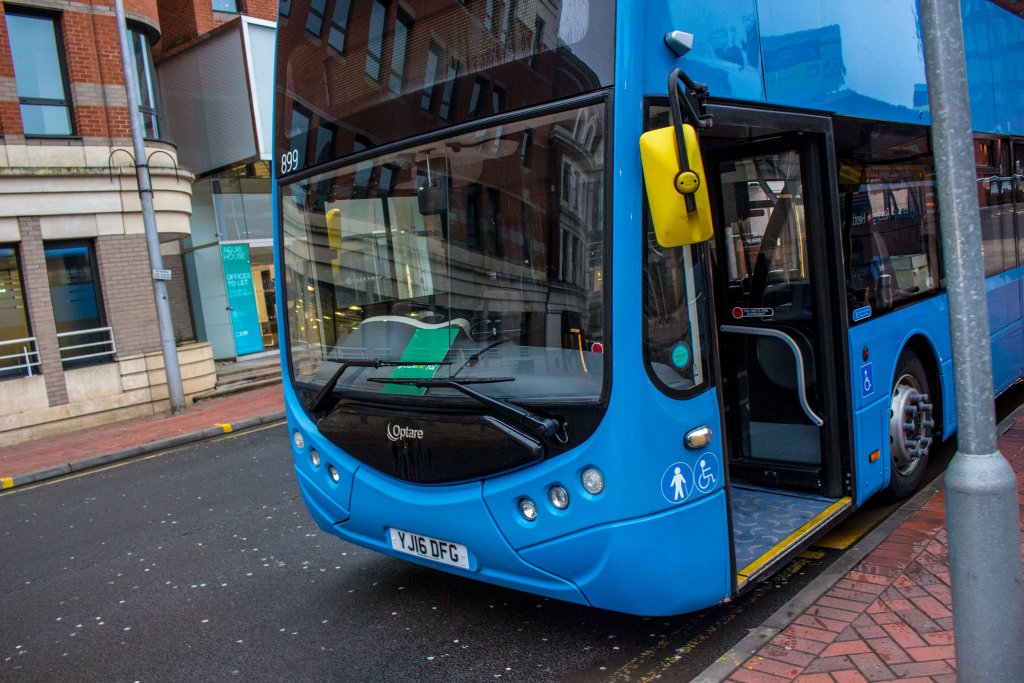
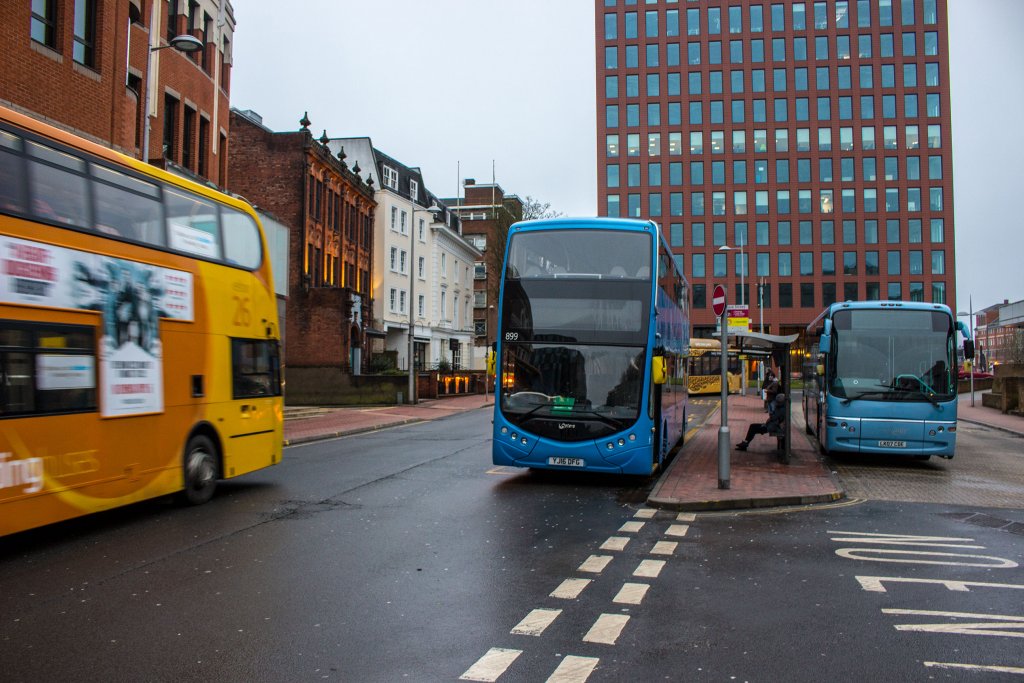
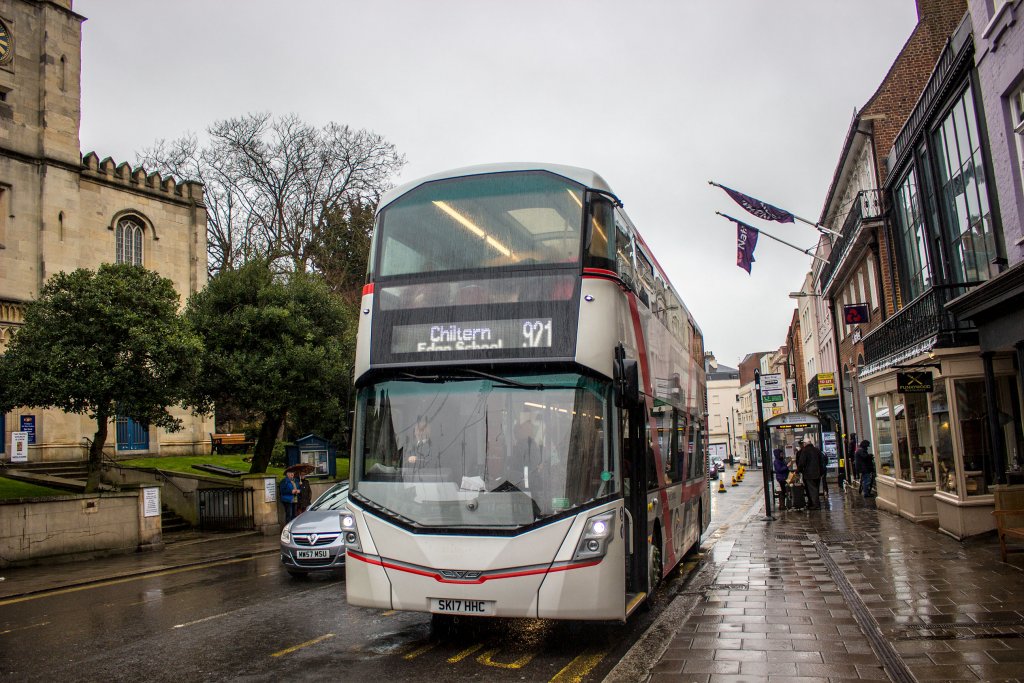

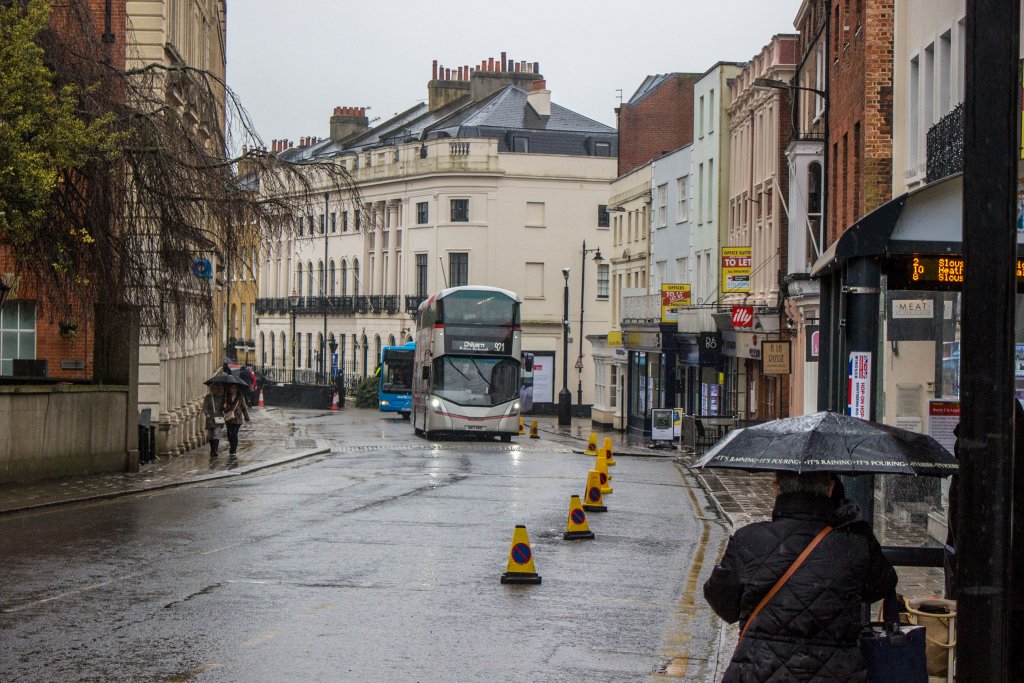
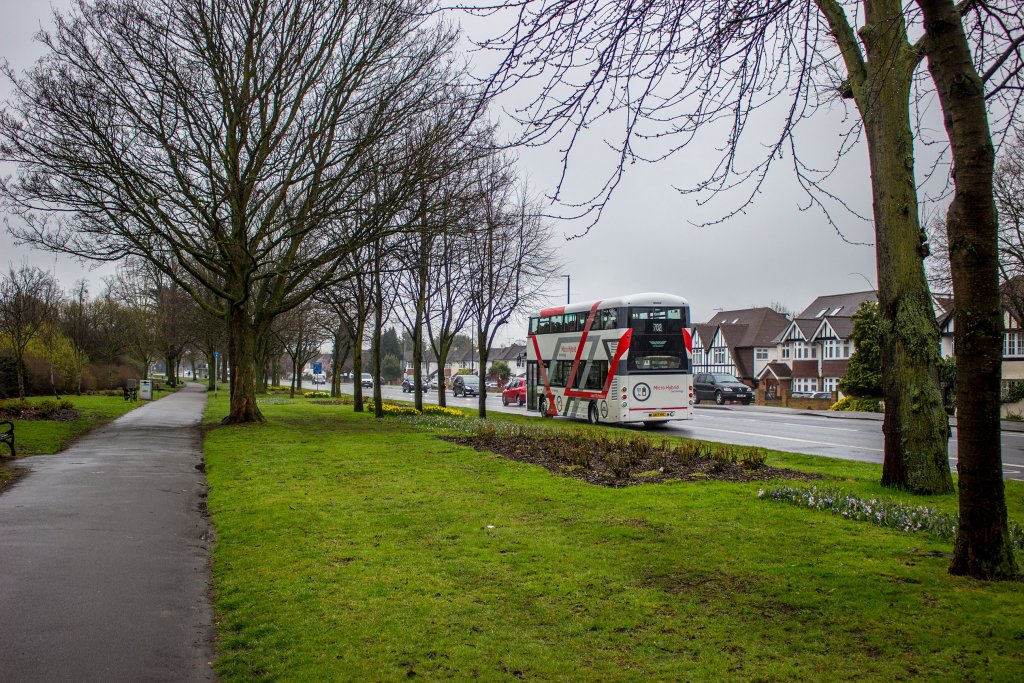
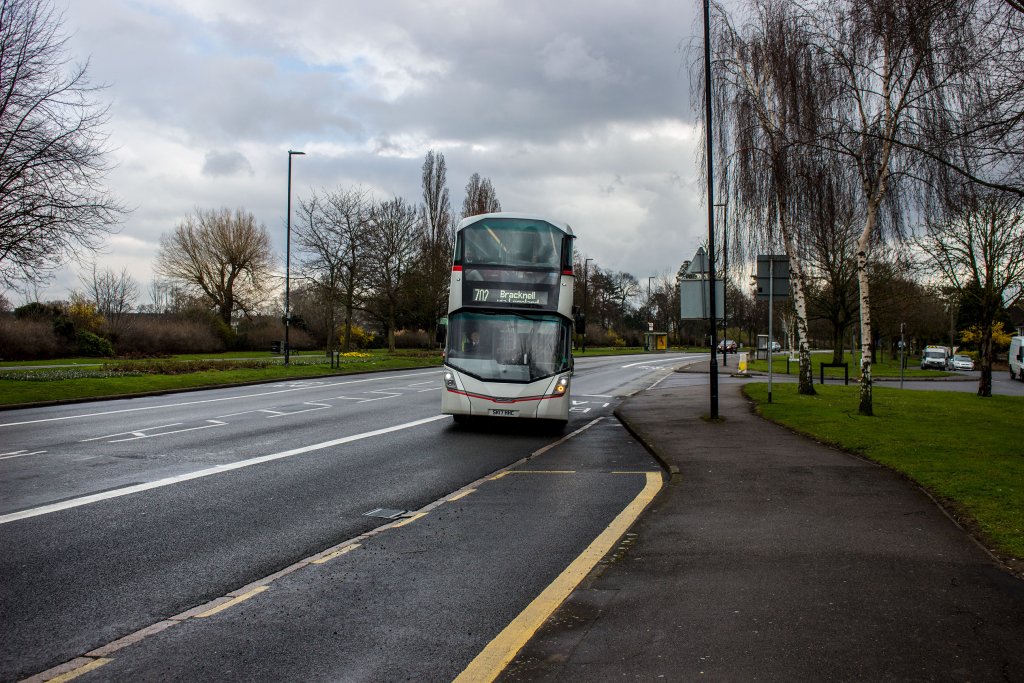
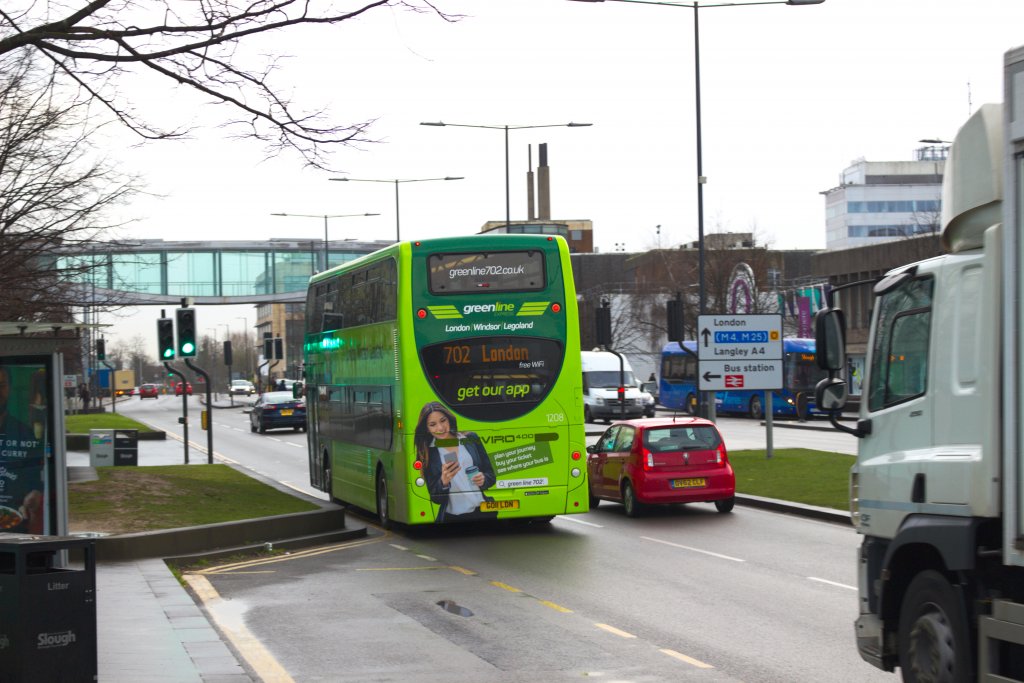
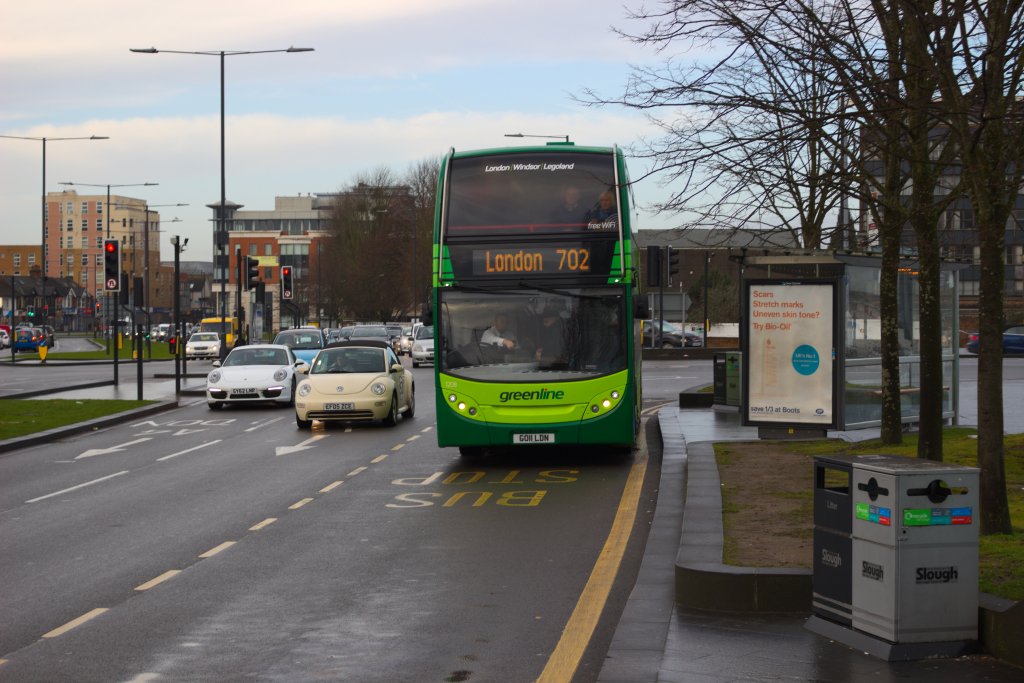
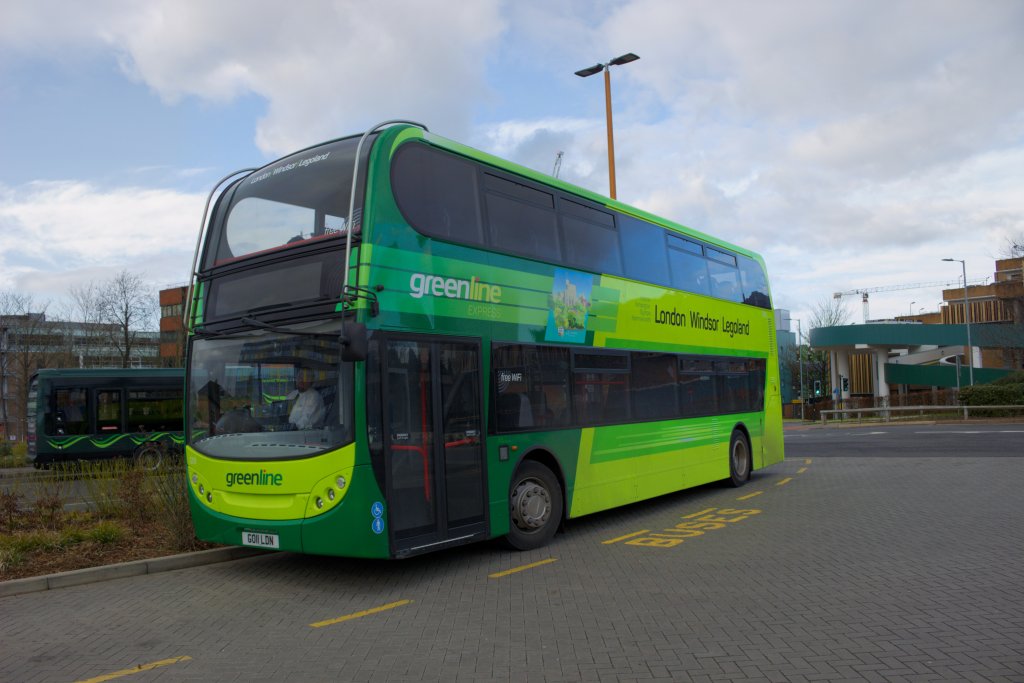
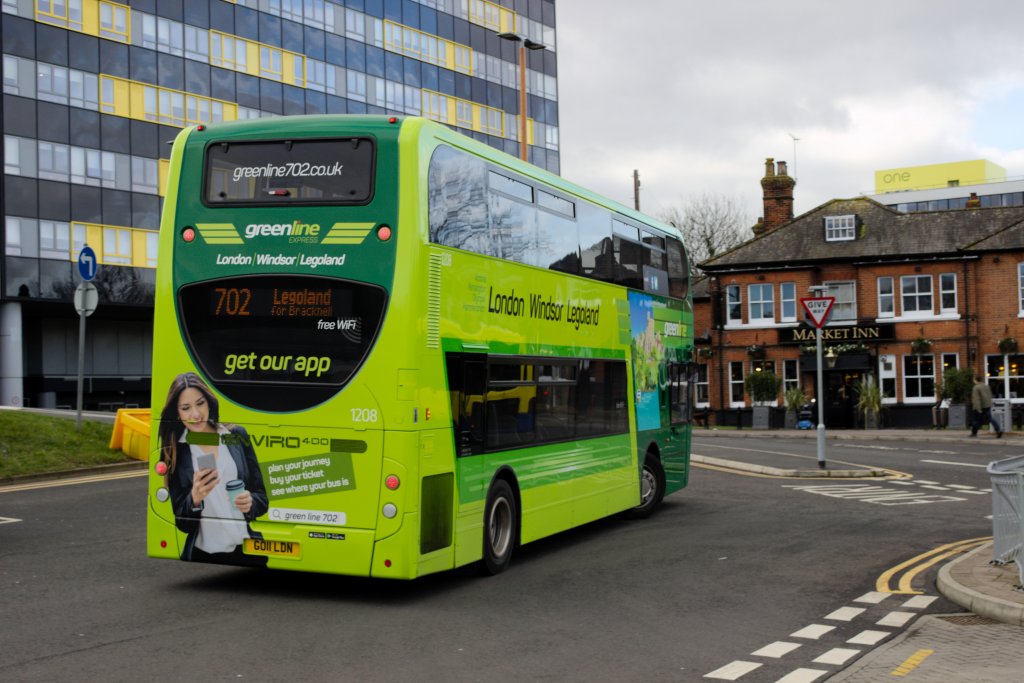
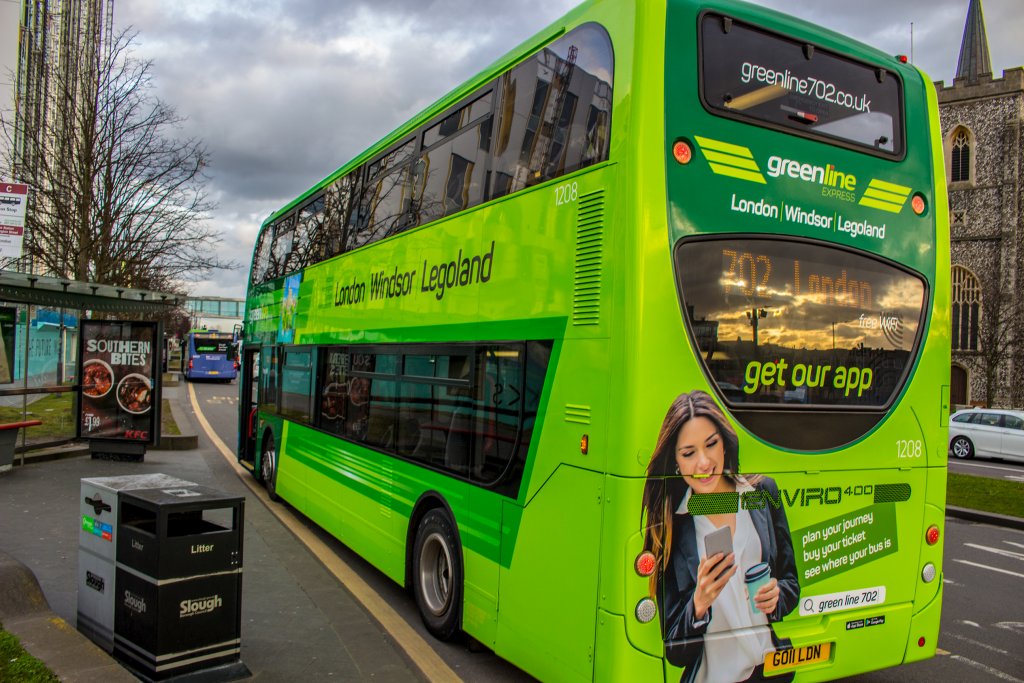
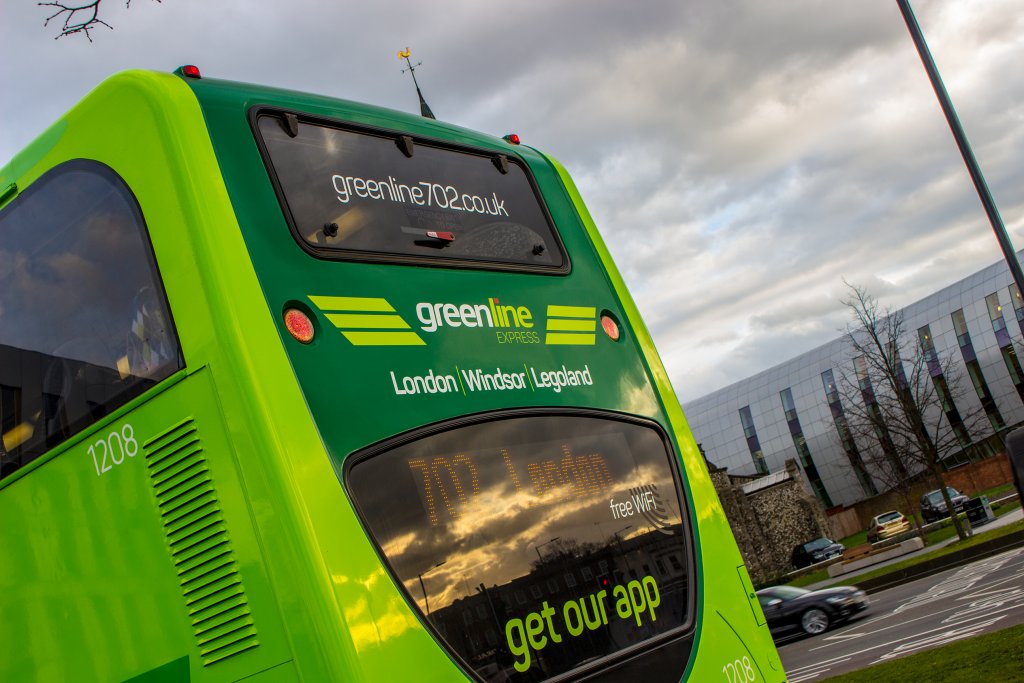
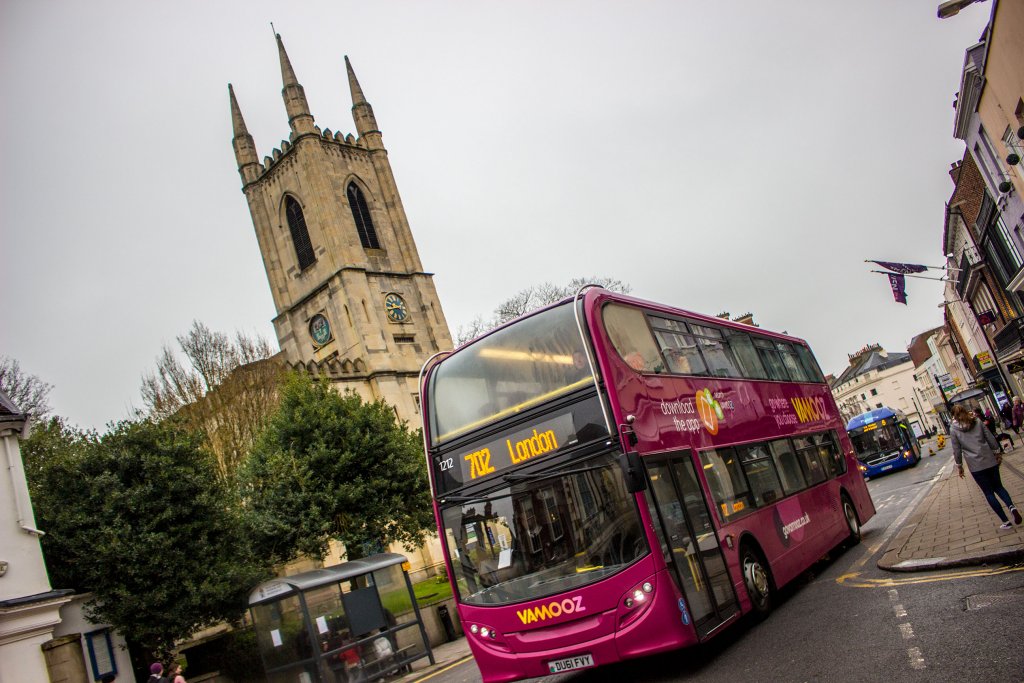
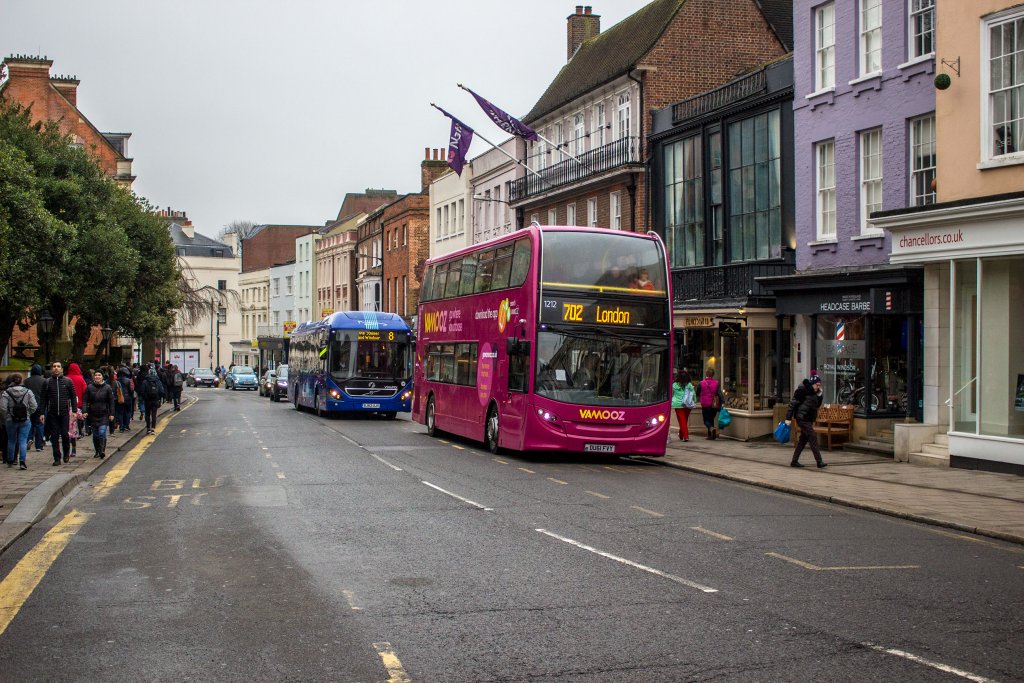
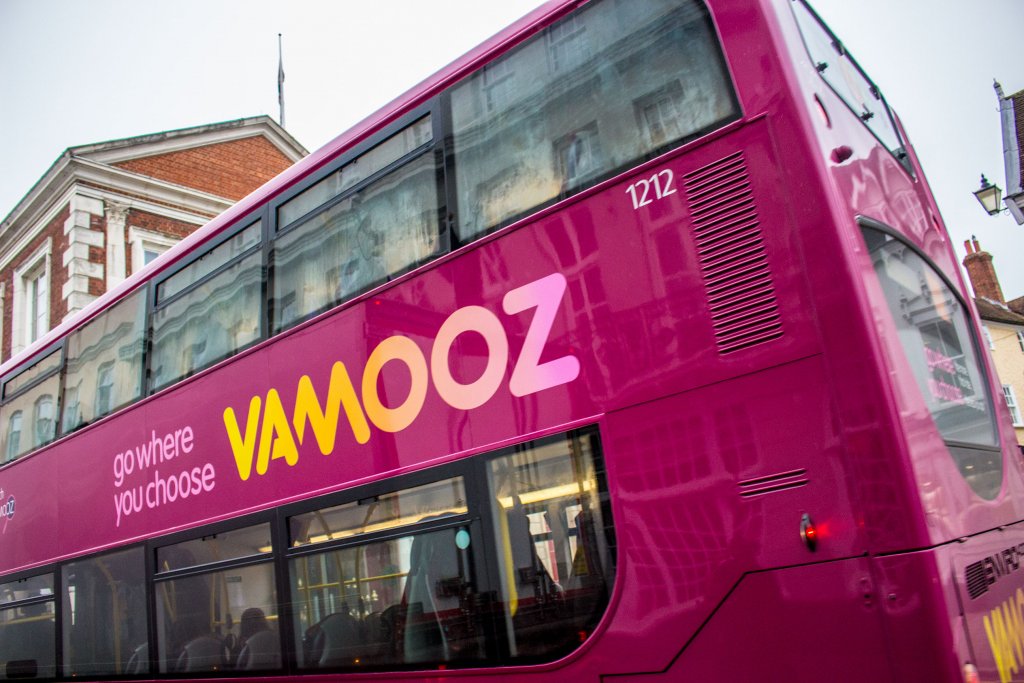
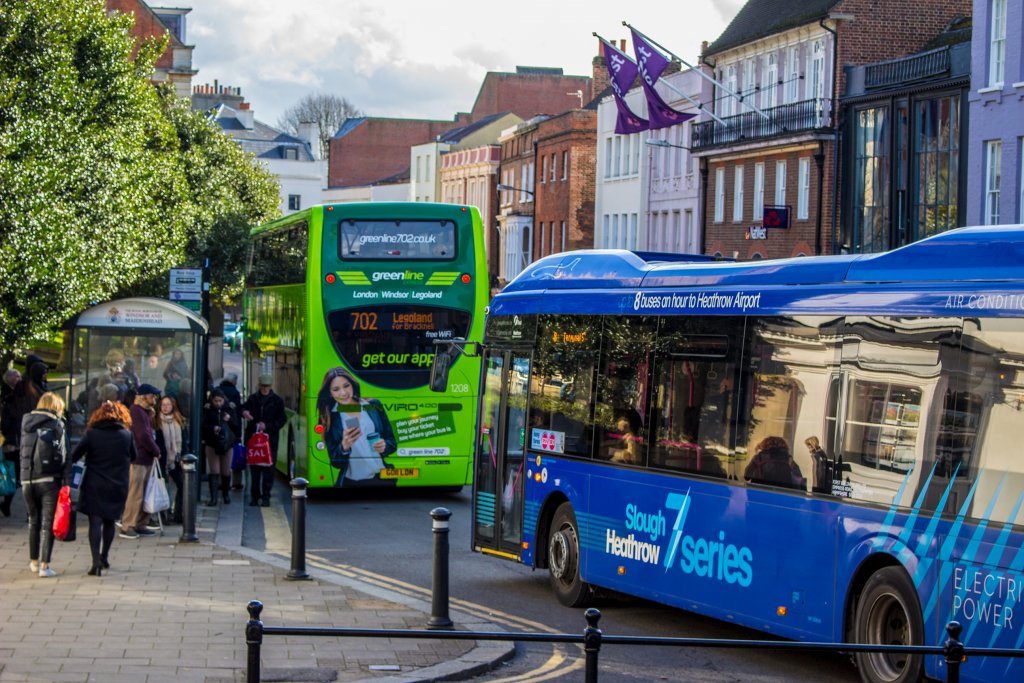
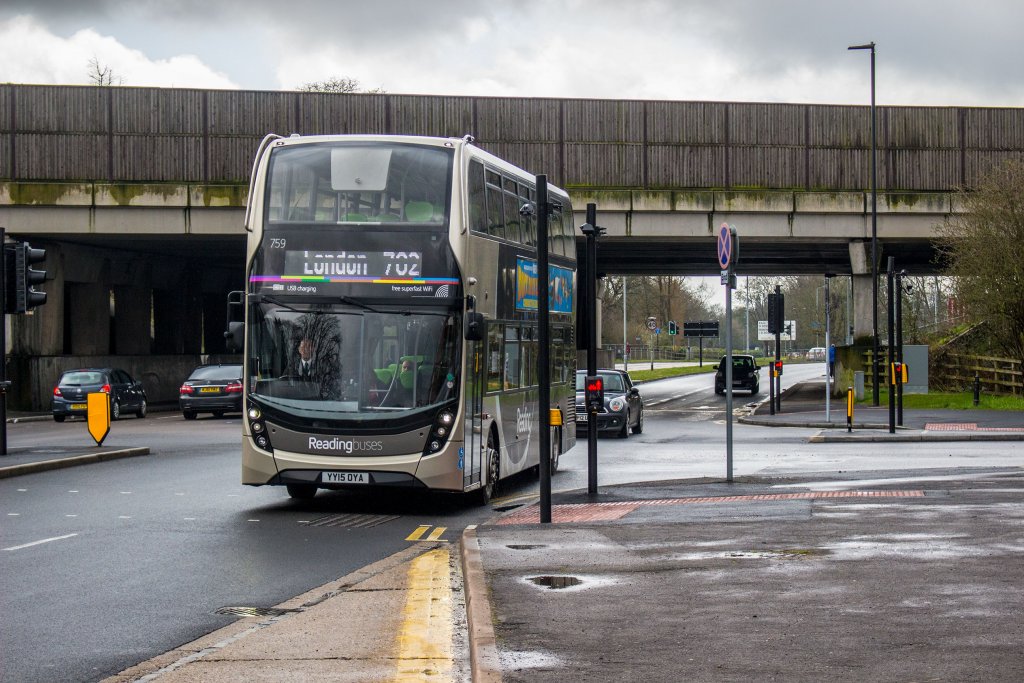
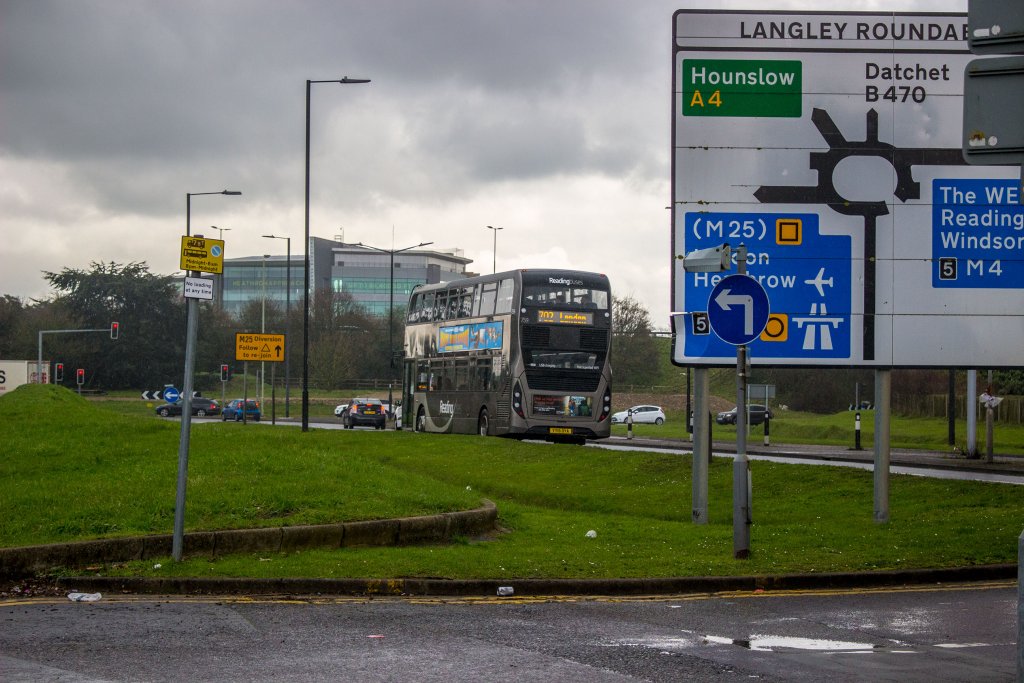


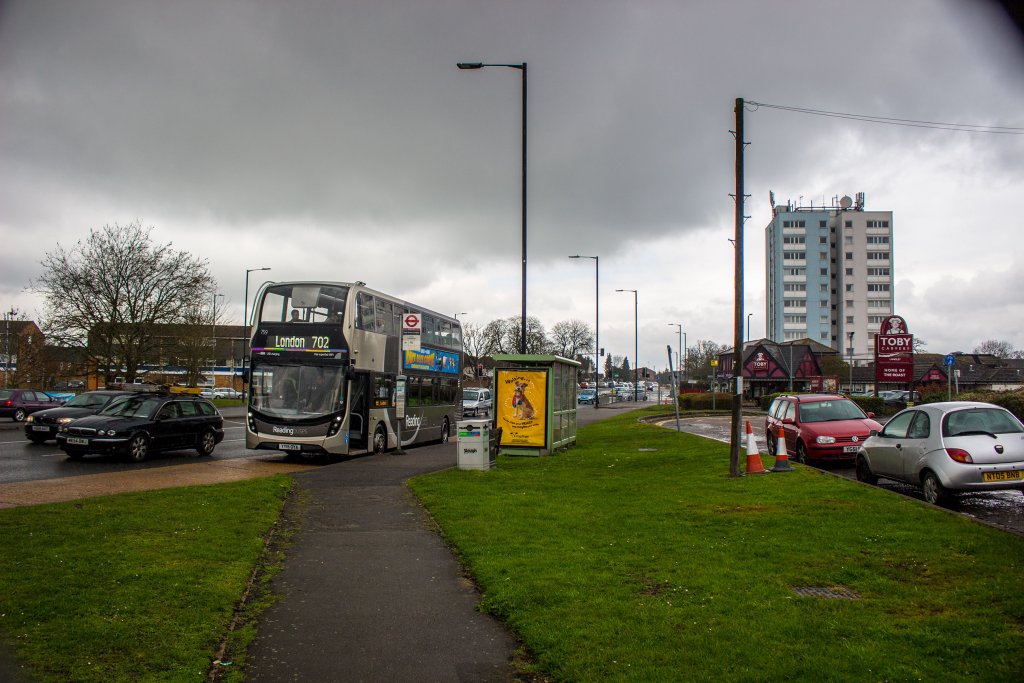
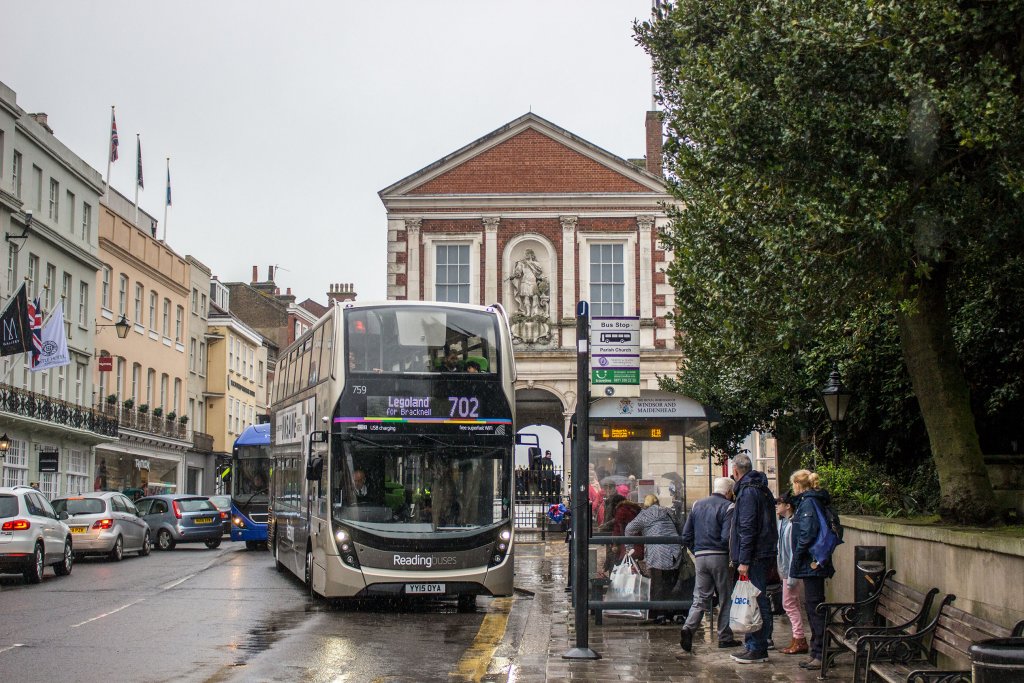
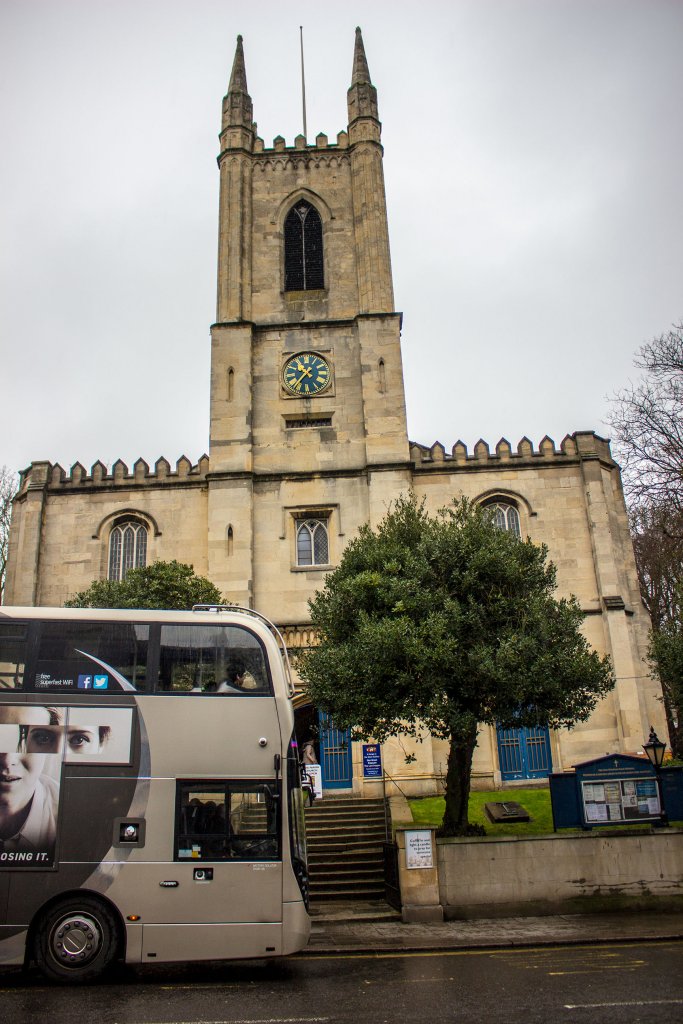
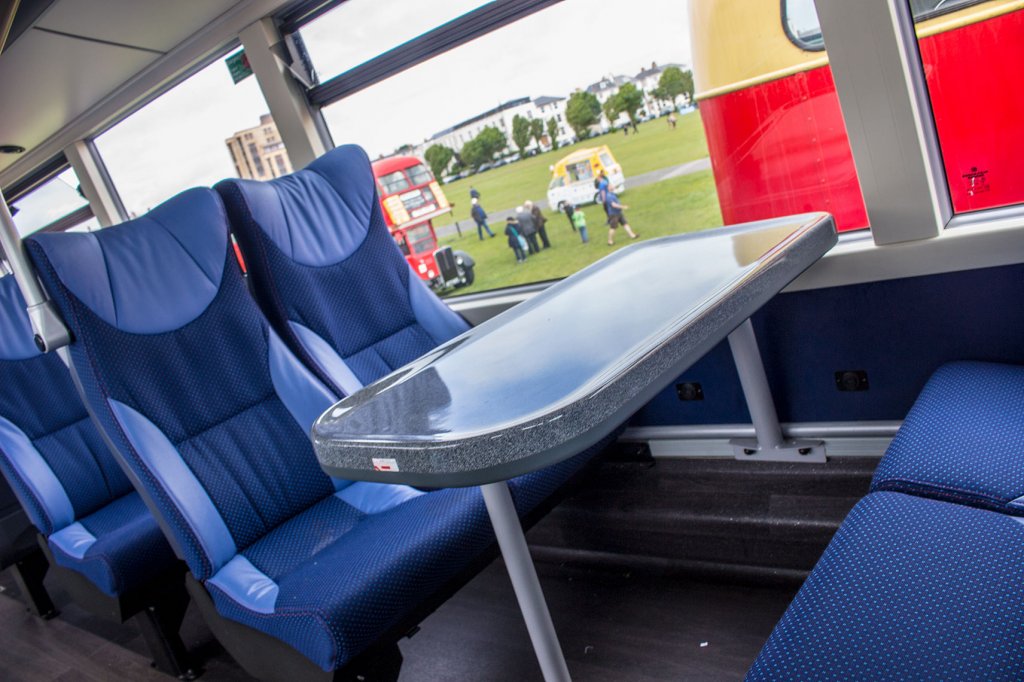
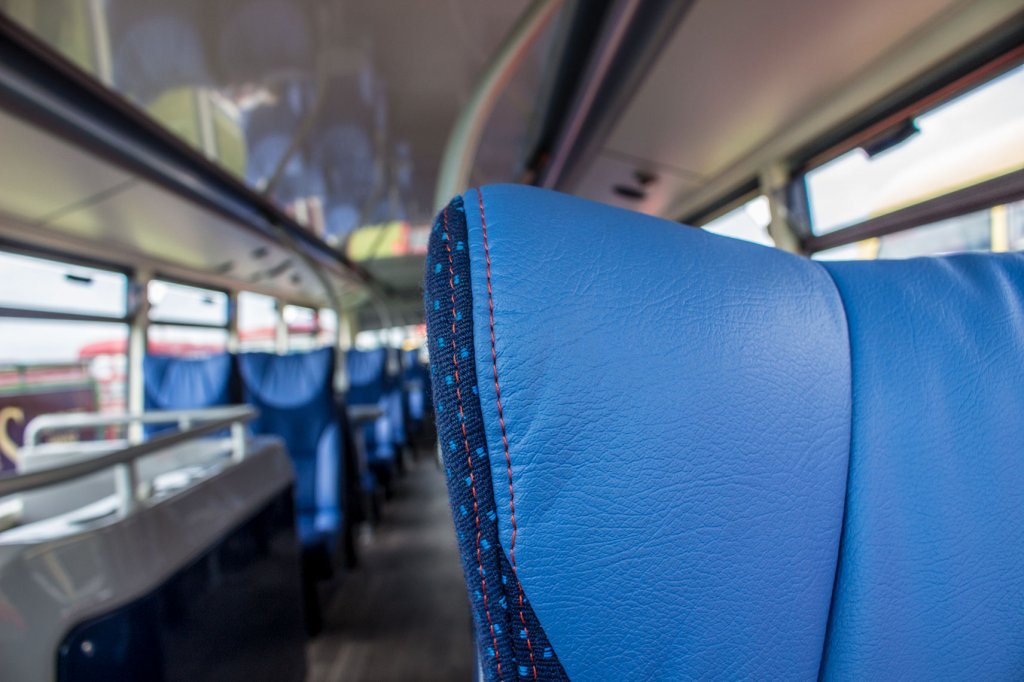
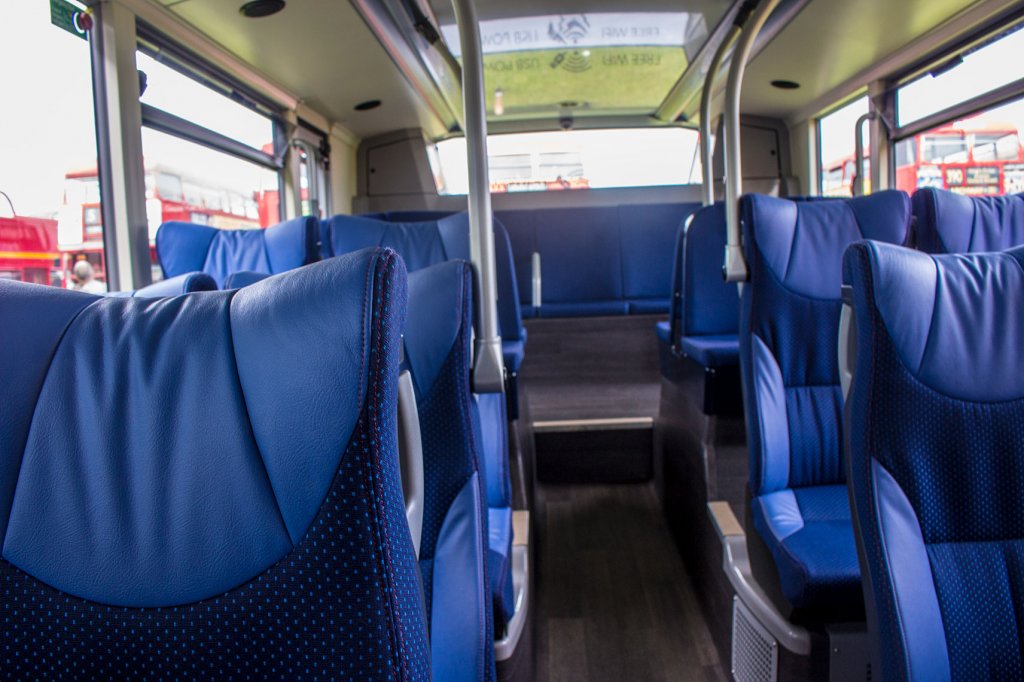

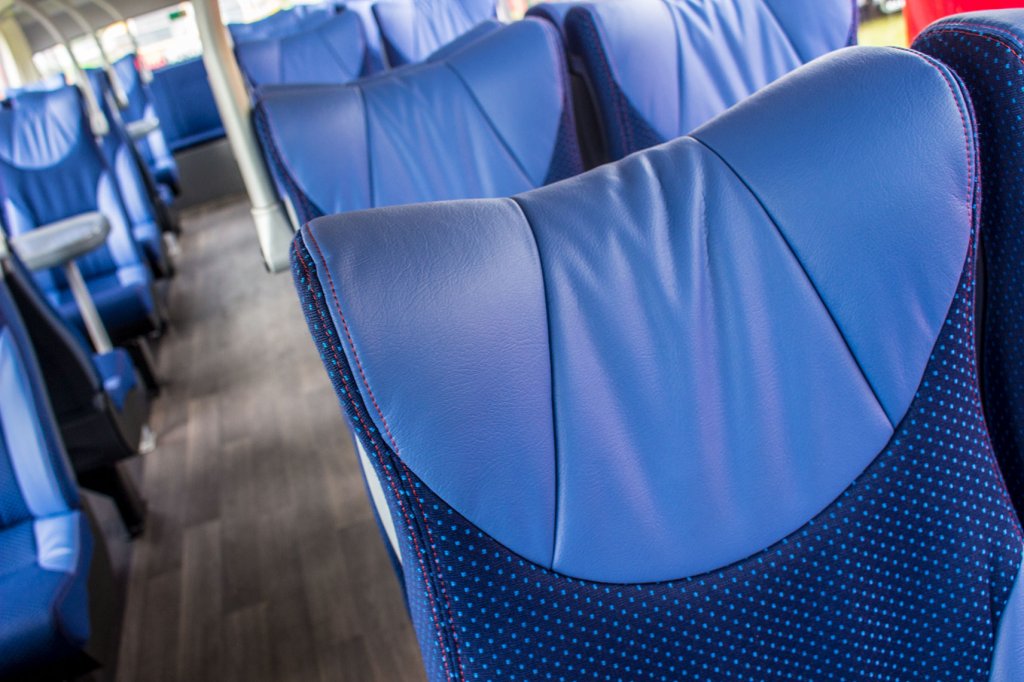
3 comments
What a great write up of the current Greenline operation fleet.
We have had the pleasure over the last few months of driving a bigger selection of different buses than a lot of drivers do in their whole time on the road. Of course we do slowly settle on certain buses as our favourites as drivers and for me it began as the Scania ADL bus 778 as I found it very comfortable to drive but I have recently had my head turned by the Optare Metrodecker bus 899. On the opposite end of the scale for driver comfort and ease of use is the WrightBus 900 which either doesn’t suit me or I don’t suit it ! The one thing I do hope for is that we will be able to run our fleet of Greenline 702 Buses without the need for an assault screen as these really do effect customer interaction.
Thanks for your kind words. I wholeheartedly agree with you about the assault screens – they are completely unnecessary on pretty much all buses, IMO.
A brilliant write up i certainly believe that with the BCI i found the steering to be far to heavy although the ride in general was smooth enough. By far the best two ive driven were 778 and 1212 although 1212 has unfortunately developed a fault. Before this point it was faultless